Updates
These are diffrent version of MC (Minecraft), that added or removed features. All of these update versions (shown after a "v.") and their respective dates, are the last version that was released under the name.
Pre-classic MC from 2009 to 2010
These years are based on the first release, "Cave Game," to when Beta 1.1 was released. Also, all these updates are included because they added and changed something notable. All version numbers that are given are for MC Java Edition.
Cave Game tech demo rd-131655 (May 10, 2009):
Added: Cobblestone, grass block, physics, basic caves, and the player.
Until the next update, cobblestone and grass blocks were the only blocks in the game. Since this is the first version, everything added was extremely basic, especially compared to today's additions (if they weren't removed).
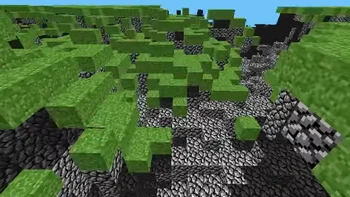
Fun Facts: This update is called "Cave Game" because, at the time, Notch (MC's original creator) called the game "Cave Game." Notch was inspired by the games Dungeon Keeper, Dwarf Fortress, and Infiniminer.
Multiplayer Test (May 31, 2009):
Added: wool, commands, multiplayer, red and brown mushrooms, glass, dandelions, and roses.
Sadly, since The Update that Changed the World, v1.7, released on Oct 25, 2013, roses were removed from the game and replaced with poppies because they didn't grow as single flowers. In this version, the glass is just a basic glass block (and in alpha v0.0.19, it was invisible in the player's inventory).
Fun Fact: At this point, wool was known as cloth.
Survival Test (Sep 1, 2009):
Added: health.
Although this version's health meter was rudimentary, it served the same basic purpose. Displaying how much the player has been hurt above the hotbar. The player can take up to 20 points of damage before dying; when the player has full hearts or less left, the hearts shake. And when playing on hardcore, they look different (added in a later version).



Indev 0.13 (Dec 23, 2009-Feb 5, 2010) and Indev (Feb 27, 2010-June 30, 2010):
These updates are combined for the sake of simplicity. Indev 0.31 and Indev are combinations of more minor updates released then.
Added: A starting house, the inventory, crafting tables, a third person view with F5, isometric view of the world with the F7 key, paintings, tools, farming, couldn't shoot an arrow without a bow anymore, smelting via furnaces, torches, chests, survival mode, armor, day-night cycle, and diamonds.
Armor is a set of four items that can protect the player from dangers. There are six types (from weakest to strongest): leather, created with the leather from cows; gold, created with the same-named ore; chainmail, only found in naturally generated chests; iron, diamond, and netherite; all three are created from their ore counterpart.
Paintings are decorative items that go on the side of blocks (walls) and can look different based on the wall side; in total, there are 26 paintings in the game (more on these later).
Basic chests are a way to store things. If the player puts two small chests directly next to each other, they'll combine to make one large chest that can hold twice the amount of items (54 slots that can hold up to a stack of one item), then a small chest (27 slots). If it is broken, everything inside and the chest(s) item(s) will fall on the ground and disappear after five minutes if the player doesn't pick it up, like any other item. If another block is directly over it, it won't open until the block is gone. The player can put a chest on a donkey, a mule, or a llama, but it will only hold up to 15 items and can't be taken off the animal without killing it. Around Christmas time, it's texture is changed to look like a Christmas present. The player can find them as buried treasure with a treasure map, and they'll have various items inside. Trapped chests are a variant that is like a regular chest, but its latch has a red tint, and when it's opened, it sends a redstone signal.
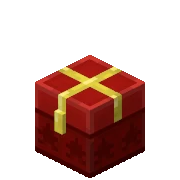
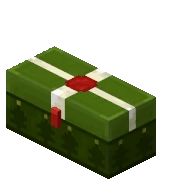
Crafting is MC's process of creating basically everything that isn't naturally generated in the world. In the player's inventory, there's a 2x2 grid crafting table; in a crafting table block, there's a 3x3 grid. After opening the crafting table, the player can use the recipe book to easily craft things without having to memorize all the crafting recipes or look them up online.
The inventory is a pop-up menu that (in survival or hardcore) shows the player what they are carrying, their armor/equipment, and their skin, and lets them craft in the mini crafting table. It shows all of that in creative mode, and the creative mode menu, which is a catalog of everything available in the game, like blocks, items, and more, is also all categorized into tabs.
Originally, Notch planned that torches would burn out and must be re-lit with flint and steel. In both Indev (in development) and Infdev (for Infinite Development), while the player was in their inventory, a chest, a crafting table, or a furnace, they could see their arm swaying. They would also be able to move around, and if they did, their arm would stop moving after closing the chest. But if they reopened it, their arm would start moving again.
minor updates of Indev 0.13, variants of the entity "mob" (yes, it's confusing, I know) called Rana, Steve, Black Steve, and Beast Boy variants were added to the game. They moved around by sliding around without animations. Dock, AKA (also known as) Hayden Scott-Baron, created the models. But before and a little after it used the models by Dock, it looked like the player's default skin (Steve), walked around the world aimlessly, occasionally jumping, flailing its arms around, and moving its head randomly. But they were removed altogether from the game before Infdev.
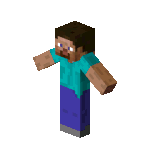
These tools included iron, wooden, stone, diamond, golden shovels, axes, and pickaxes. Fun Facts: At the time, diamonds were called emeralds, and until update Beta 1.2, the Crafting Table was called Workbench. In a sub-version of 0.31, the player could smelt things by throwing them in fire or lava before furnaces were added.
Infdev (Feb 27, 2010-Jun 30, 2010):
This update is also a combination of several more minor updates.
Added: infinite world generation, wooden doors, buckets, ladders, writable plank signs, mob spawners, golden apples, saddles, bedrock, minecarts, and rails.
When eaten, a golden apple gives the player absorption, which gives extra hearts for two minutes, and regeneration two, which regrates the player's hearts for five seconds. But if it's given to a zombie villager in combination with the weakness effect (it does exactly what it sounds like), the zombie villager will turn back into a regular villager. Bedrock now spawns at level 0 (below the entire world) instead of a lava sea there like in previous versions.
Before this update, signs were entities instead of blocks. Shortly after this update, the model of a mob rotating inside the mob spawner had to be removed and couldn't be picked up anymore, but when it could be picked up, the player got a pig spawner.
Fun Fact: Notch didn't initially want to add ladders because they weren't fun, but they were added after the fans convinced him.
Halloween Update, Alpha v1.2 (Oct 30, 2010):
Added: the Nether, Nether portal, fishing.
The Nether is a hell-esque dimension with fire, lava, several hostile mobs, structures, biomes, and many other things exclusive to the Nether. To get to this dimension, the player must build an obsidian portal with a minimum of 4 x 5 blocks but can still remove the corners to work (called the "economy" version). Once built, the player has to light the middle on fire any way they want. All that matters is that fire gets into the center. However, these rules for the portal's minimum (and maximum: 23×23) size were later added in The Update that Changed the World v1.7 (released October 25, 2013).
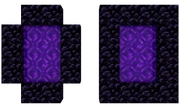
This update also added a fishing rod that lets the player fish up a variety of objects (the first set of objects was also added in The Update that Changed the World) and fish (added in the Aquatic Update v1.13, released July 18th, 2018).
Beta v.1.1 (Dec 22, 2010):
Added: Capes.
These are purely cosmetic celebratory items worn on the back of the player on top of their existing skin. Still, unlike skins, they can't be created by players (natively and officially using mods) or transferred to a different account. Some ways to get one are migrating a Mojang account to a Microsoft account (on Java Edition), owning both versions of MC before June 6th, 2022, or buying a ticket to MINECON (MC's convention) pre-2017. They can also affect how the elytra look if both are worn simultaneously.
Fun Fact: This update had to be reuploaded ten minutes after release because the main source code lacked the necessary font.txt file, making all the text invisible.
Classic MC from 2011 to 2014
These years are considered classic because it's based on when the author of this website remembers it being popular and when she got her hands on it.
Beta v1.3 (Feb 22, 2011):
Added: Beds.
These work pretty similar to real ones, although the big differences are that the player can recolor them nearly at will (as long as it's white), and when it's slept in, it saves it as the player's spawn point. If the player dies, they'll respawn there instead of world spawn. Beds were only red until The World of Color Update v1.12, released on June 7, 2017.
Fun Facts: Originally, crying obsidian was meant to act to reset spawn points. Also, if the player tries to sleep in the Nether, the bed will blow up, and tamed cats are hard-wired to sit on beds, chests, and active furnaces.
Beta v.1.4 (Mar 31, 2011):
- New game logo
- Cookies
In a minor version of The World of Color Updates v1.12, (released June 7th, 2017), cookies could be used to tame parrots. Instead, in the subsequent minor version, if the player tried to feed it to a parrot, it would die because Mojang didn't want to give children the wrong idea and accidentally kill their real pet parrot.
Beta v.1.6 (May 26, 2011):
Added: maps, grass.
On the Java of MC (as of this update), maps draw the nearby world in a bird's eye view around the player when it's crafted (instead of for the first time the player right-clicks it). They can be upgraded to zoom farther out to show more of the terrain and a live view of where the player is with a "you are here" type of arrow.
This update also added grass blades that spawn on natural grass blocks and similar. When these grass blades are punched, they drop seeds, which can be planted to grow wheat and then used to make bread. Before adding these, the player had to use a hoe on grass blocks to get seeds.
Adventure Update 1, Beta v1.8 (Sep 14, 2011):
Added: hunger meter, creative mode, villages, the Far Land, glass panes, melons, iron bars, vines, fence gates, experience orbs, and chests now have an opening and closing animation.
The hunger meter is similar to the hearts; they are shown next to each other above the Hotbar, and each half represents one hunger or health point, but instead of hearts, it's ten drumsticks. The player will slowly regenerate health if it's over 90% full (9 hunger points). Unless in peaceful mode, it'll decrease when running, jumping, and getting hurt. When it's at 0%, the player will lose half a heart every four seconds.
The Far Lands were created by a terrain generation bug that created incorrectly shaped terrain, resulting in a large, sponge-esque wall around 12,550,821 blocks away from the world origin. Still, this update removed the bug that caused it. When melon blocks are destroyed (without tools), it'll drop 3-7 melon slices.
Vines are naturally found on jungle trees, swamp trees, and lush caves (Added in Caves and Cliffs pt.1, v1.17) and are climbable vegetation that grows on walls.
Experience orbs or simply experience (AKA EXP or XP) are little green and yellow glowing balls that drop after doing various things like killing mobs, using a furnace, mining ores, and much more. Then, they will float to the player and fill their experience bar. Then, the player can use them with an enchantment table, but if the player dies, they'll lose it all.
Weirdly, fences were added in the Seecret Friday 8 update, Alpha v1.0.17, released on August 20th, 2010, before fence gates.
Adventure Update 2, v.1.0 (Nov 18, 2011):
Added: the End, the End portal, hardcore mode, and enchantment table.
After throwing Eyes of Ender into the air and following where they lead, they'll find the stronghold with the portal. Then, once at the portal, the player has to put up to twelve Eyes of Ender into up to twelve frames to open the portal in between the twelve frames. Once the player is at the central part of the End dimension, they must defeat the End dragon (AKA Jean, coined by Notch) circling in the middle of ten obsidian pillars that are healing it. After defeating the End dragon, a portal to the Overworld opens, and when the player jumps in, the credits will play, but this doesn't mean the player can't continue playing on the world because after the credits play, the player will be teleported to the Overworld.
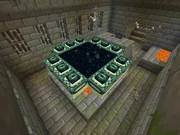
Using one to three Lapis Lazuli (before the Bountiful Update, this wasn't required) and up to fifteen bookshelves (the more of both, the better the enchantments), the player can add upgrades and add abilities, AKA enchants to tools, armor, and weapons. These enchantment names are written in the Standard Galactic Alphabet.
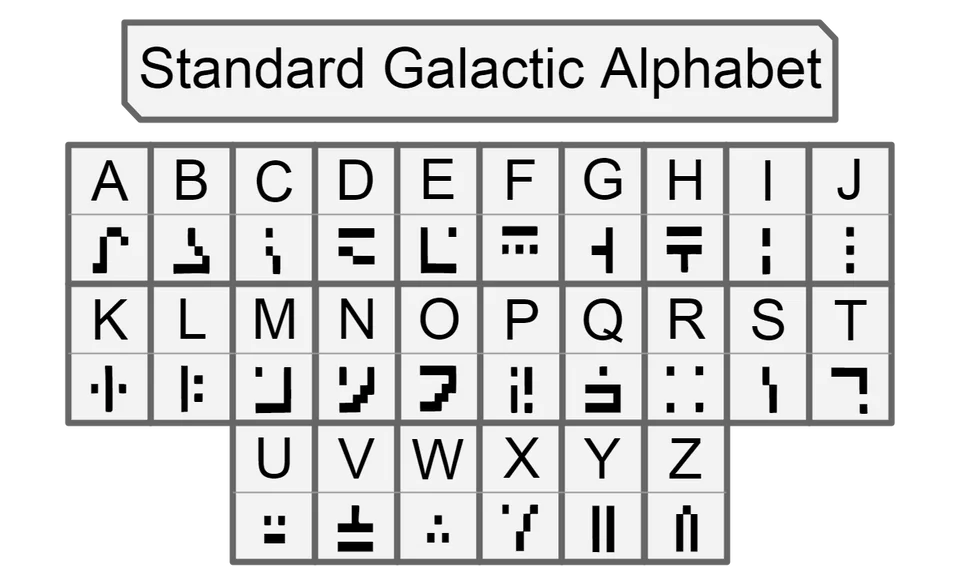
Fun Fact: Before this version, fences didn't connect to solid blocks.
v.1.1 (Jan 12, 2012):
Added: spawn eggs, super flat worlds, compasses.
Spawn eggs are eggs that spawn mobs and can only be obtained through the Creative menu. There are 77 for most of the mobs, but the following mobs have their separate eggs: frogs (added in the Wild Update v1.19) , dragons (just decoration), sniffers, and turtles.
Superflat worlds are a vanilla world type where the entire world is perfectly flat and is entirely a "plains" biome; in this world type, the layers can be customized to the player's requirements.
The compasses will point the player to the world spawn. When the player isn't in the Overworld, it'll point in random directions.
v.1.2 (Mar 1, 2012):
- Jungles
- Abandoned mineshafts
v1.3 (Aug 1, 2012):
Added: villager trading, ender chests, writeable books, enchanted golden apples.
Ender chests are regular chests. Still, the items inside are accessible between any other Ender chest in the world (even in the Nether and End), and they are local, meaning that players shared world (like a server or realm) can't see what's in each other's ender chest.
Fun Fact: Enchanted golden apples are also known as God apples or Notch apples because of the buffs they give the player after eating, including absorption four for two minutes, regeneration two for 20 seconds on Java Edition, and 30 seconds on Bedrock, fire resistance for five minutes, and resistance for five minutes. Fire resistance is an effect that makes it so the player can't be hurt by all sources of damage. Resistance makes it so that when the player takes damage, it doesn't take away as many hearts.
Pretty Scary Update, v.1.4 (Oct 25, 2012):
Added beacons, command blocks, carrots, potatoes, item frames, and flower pots.
Beacons project a beam into the sky that's by default a light blue color and can recolored by placing a stained glass block on top of it. They can also give players beneficial effects in a certain radius around it. It has to be placed on top of a solid iron, gold, diamond, emerald, or netherite blocks for the pyramid base in several different sizes to power it.
The commands block can automatically execute commands, and depending on the type, it can run these commands only once after being activated, every time it's triggered, or every game tick after being activated. It's used mostly on creative worlds, custom maps, and multiplayer servers because it's not usually obtainable in survival without cheating.
The Update that Changed the World v.1.7 (Oct 25, 2013):
Added: stained glass, ten flowers.
Stained glass is the colored version of glass blocks and glass panes; currently, there are 16 different colors.
The ten flowers added in this update are Poppies (replaced Roses), Blue Orchids, Alliums, Azure Bluets, Tulips, Oxeye Daisys, Sunflowers, Lilacs, Rose Bushes, and Peonies. These flowers were added to make getting dyes easier.
Bountiful Updates v.1.8 (Sep 2, 2014):
Added banners, slime blocks, ocean monuments, sheep Mutton, and armor stands.
Banners are tall, decorative, blocks that are highly customizable using dyes and various patterns. It moves in the wind without mods or texture packs and has no collision, meaning mobs, players, blocks, and items can go through it.
Slime blocks are sticky yet bouncy blocks made of slime balls that can be collected from slimes; they are primarily used with pistons to push things around. Armor stands are inanimate entities usually used as decoration; they can wear armor, hold items, and be posed (the last two are only in Bedrock Edition, though).
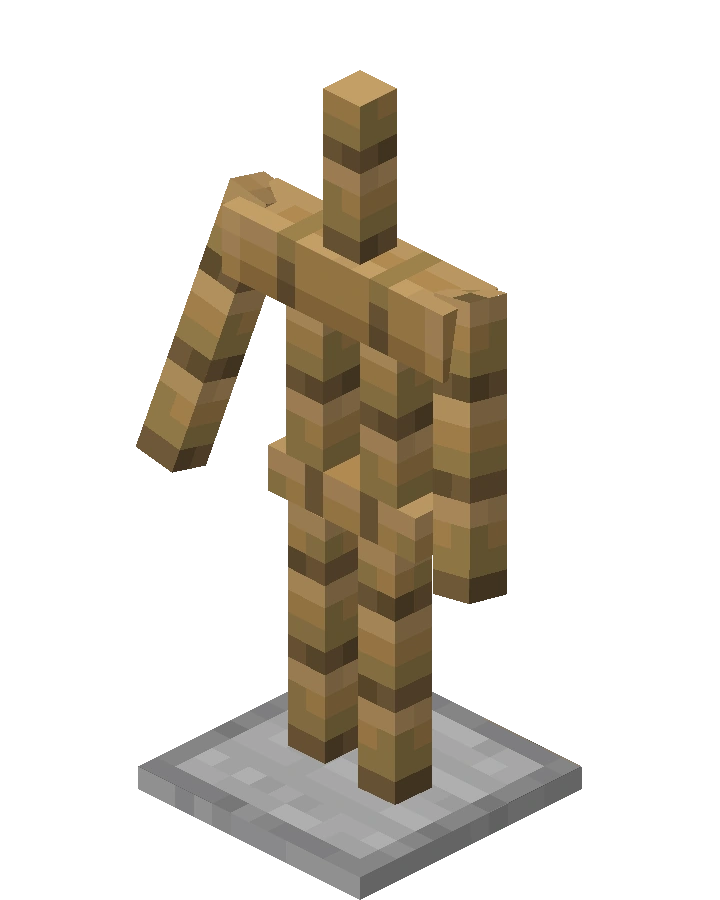
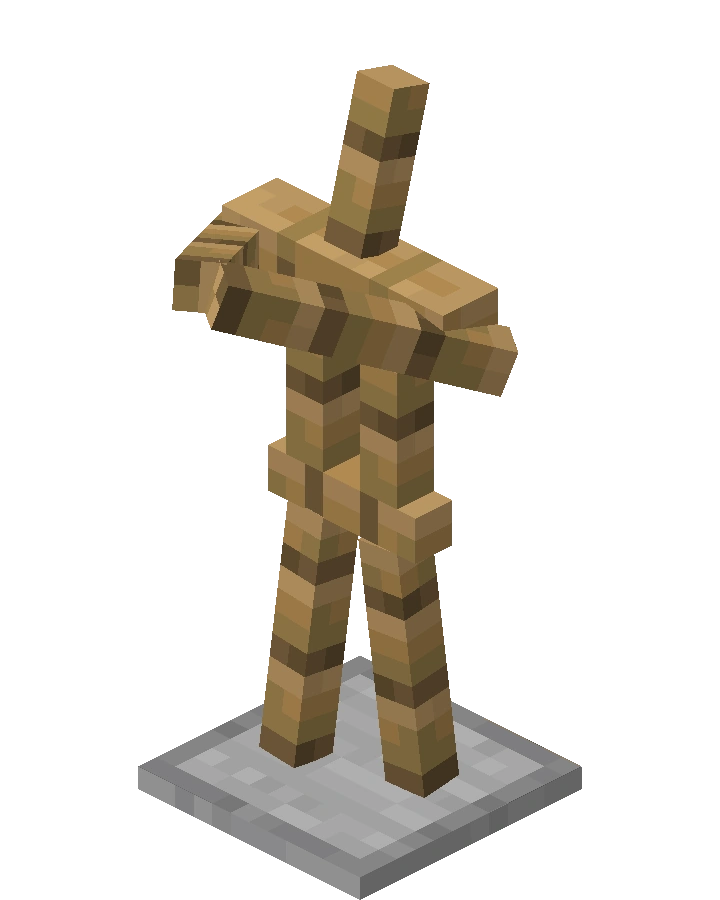
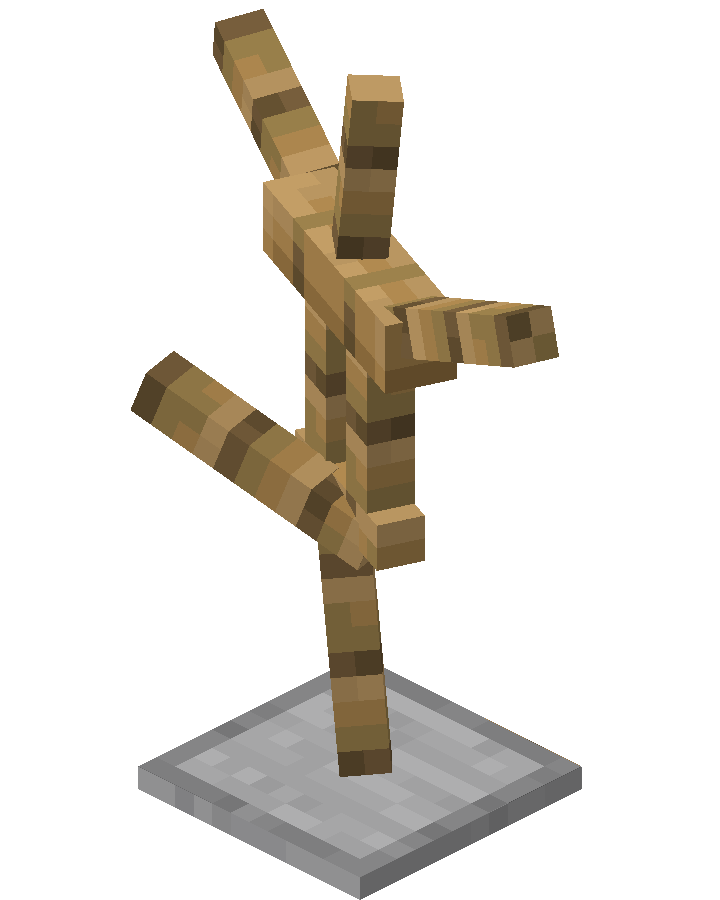
MC (and by extension, Mojang) gets bought by Microsoft (Nov 6, 2014)
Recent MC From 2016 to Today
Based on when the combat update came out and the gap in updates between 2015 and 2016.
Combat Update v.1.9 (Feb 29, 2016):
When this update changed the combat mechanics that most players had gotten used to, they were upset that there was a cool-down for swinging weapons instead of being able to spam it. But, If they didn't wait for the cool-down to end and spammed the weapon like they were used to, the weapon would do less damage to their opponent.
This update also changed many parts of the End dimension. Specifically, it added End Cities and Outer End Islands and revamped the Ender dragon fight. It also gave the player a second hand, shields, and elytras. Elytras are wings found in end ships that can let the player fly in survival and hardcore MC.
The Exploration Update v.1.11 (Nov 14, 2016):
Added: Shulker boxes and totems of undying.
Shulker boxes are like a chest, but the player can pick it up, and the items inside will stay there; they also can be many different colors. The player can get one by killing a couple of shulkers (added in The Combat Update v1.9, February 29, 2016) in end cities, then can add two shulker shells and a chest together in a crafting table.
A totem of undying can save the player from dying if they hold it in either their second or main hand. When used, it restores half a heart, gives regeneration II for 45 secs on Java Edition and 40 secs on Bedrock Edition, fire resistance I for 40 secs, and absorption II for five secs.
Fun Facts: If the player is holding a totem of undying and dies, the totem used is called "popping a totem." Some mobs can hold a totem of undying in their mouth on Java Edition.
Village and Pillage v.1.14 (Apr 23, 2019):
Added: Bamboo forests, updated textures, scaffolding.
Scaffolding is a climbable simi-sold stackable block that can be broken easily and placed easily. A bunch of them stacked high into the sky can be easily broken just by destroying the bottom-most one, and the rest above will break.
Buzzy Bees v.1.15 (Dec 10, 2019):
Added: Bees, beehives, bee nests, honey blocks, and honey bottles.
Beehives can be crafted by the player, bee nests are 100% guaranteed to spawn in the meadow biome naturally. To collect honey from either beehives or Bee nests and not get stung by every bee in their vicinity (because if they anger one hive or nest, every bee around them gets angry), the player needs to put a lit campfire (added in the Village and Pillage Update v1.14, April 23, 2019), under the hive or nest. To get honey blocks, the player needs to use shears on a hive or nest, get honeycombs, and then combine them in a crafting table. To get honey bottles, they need to use a bottle on a hive or nest. When drunk, honey bottles remove any poison effects from the player.
Fun Fact: These were added to raise awareness of their endangerment.
Nether Update v.1.16 (June 23, 2020):
Added: Warped forests, crimson forests, soulsand valleys, netherite, and netherite tools, netherite weapons.
The warped forest is a blueish forest nether biome that is relatively safe compared to other nether biomes because the only mobs that spawn here are endermen on its solid ground and striders on top of the surrounding oceans of lava. The ground is covered in warped nylium, with some netherrack and warped wart blocks sprinkled in. The plants in this biome reflect the entire biome's color pallet with its fungi, warped roots, huge warped fungi, and twisting vines. The crimson forest is a dense red nether biome with a floor that looks like the ground of the warped forests. It also has similar-looking plants to the warped forest: fungi, crimson roots, huge crimson fungi, and weeping vines. But, the weeping vines hang from large fungi and nether wart blocks in the ceiling of the nether.
The soul sand valleys are made of soul sand and soul soil with gravel making up its lava beaches (overworld beaches but way warmer). Soul fire (overworld fire but blue) is sprinkled alongside nether fossils (overworld fossils without lowered structure integrity) that peak out of the ground. It also mirrors the other two biomes in the plants and ground department.
Throughout the lowest parts of the nether, players can find netherite (before smelting, it's called Ancient Debris) in the ground, which is the most powerful and longest lasting (durability wise) ore when made into weapons and tools. Because of its high blast and fire resistance, many players have started to explode beds (and trying not to blow themselves up in the process) to find it much quicker.
Caves and Cliffs pt.1 v.1.17 (June 8, 2021):
Added: Candles, amethyst, raw ore, powder snow, lush caves, bundles (Java only, planned to be added to Bedrock in the future), and tinted glass.
Raw iron, copper, and gold could now be crafted into their blocks, made back into their raw ore counterpart to be smelted. This is can be great because it means that when mining with limited inventory space or just storing these ores for later in a chest, being able to make these ores (and some other ores) into blocks can be the difference between cutting a mining adventure early or crafting another chest in the player's home.
Lush cave ceiling is covered in moss carpets, grass, azalea bushes, two different vines, and glow berries that slightly light up the area. The floors are also covered in moss and different ores. They also have springs and shallow lakes with clay and dripleaves (tall lily pads that stick out the water) growing out of them. On occasion, these lakes can spawn without water.
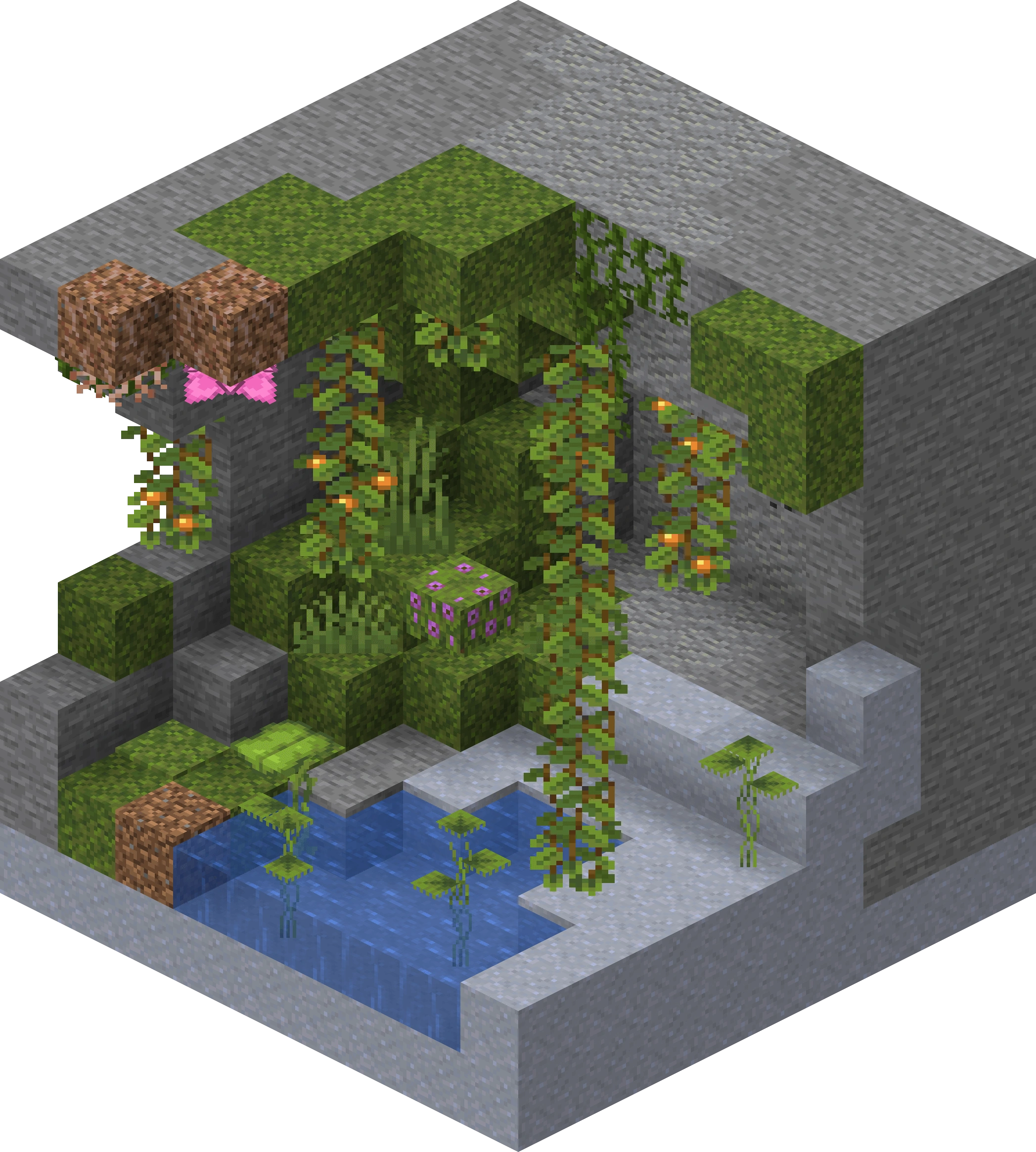
In this update, they also made snow dangerous. Powder snow is found around regular snow and looks nearly identical. However, when the player falls into powder snow, the edges of their screen get covered by blue snowflakes, their hearts turn blue, their in-game character shivers, and they'll take damage, this also applies to mobs. But all of this can be avoided by wearing leather boots. It also can be picked up with an empty bucket, and if it's dumped on the ground, it'll act like water.


Amethyst, specifically amethyst sherds, can be found in geodes. After mining the amethyst clusters in a geode, the player is given amethyst shards that can be used to craft a spyglass that zooms in whatever the player is looking at. It's basically a telesocpe.
Tinted glass is one of the other uses for amethyst shards besides spyglasses. To make it, the player can surround a glass block with three amethyst shards in a crafting table. It's like a regular glass block but blocks the light and can't be turned in panes.
Bundles are like shulker boxes, but they can't be placed down and can only hold up to 64 items, which can be a mix between several different things. The player also can't put a bundle in another bundle but can hover over it to see what's inside.
Beta v1.2 added cakes and candles perfectly fit on them. The player can put up to four candles on one block; with each subsequent one placed down, they give off more light and come in various colors. They're extremely similar to torches, but candles can't go on walls like torches.
Caves and Cliffs pt.2 v.1.18 (Nov 30, 2021):
Changed/Added: added huge and complex caves, overhauled ore distribution, and hostile mobs will only spawn in complete darkness.
Old cave generation and new caves bled smoother together and are taller. Copper ore veins are mixed with granite and blocks of raw copper above Y level 0 (X= left and right, Y= up and down, Z= forward and back), and iron ore is mixed with tuff and raw iron blocks at the Y level 0. For simplicity, hostile mobs will only spawn in completely dark areas (light level zero).
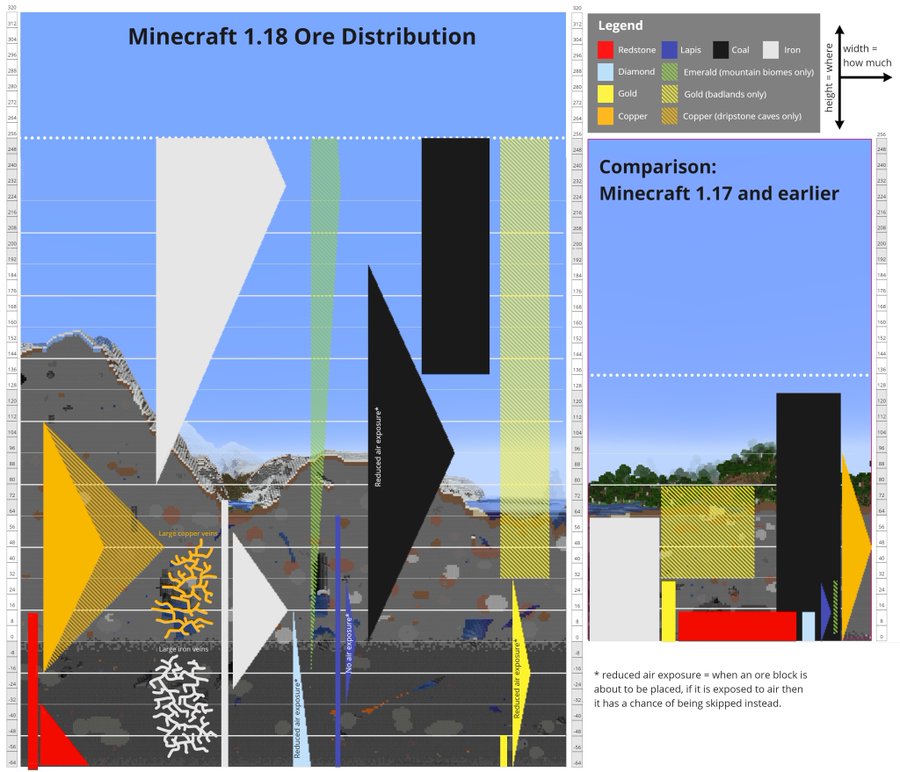
Three new types of caves:
- "cheese"
- Has huge stone towers that go from the bottom to the top of the cave and are so big that players can safely fly around with elytras.
- "spaghetti"
- Thin, long, smaller, more like classic cave.
- "noodle"
- Thinner, squigglier, and more claustrophobic than spaghetti caves.
Trivia: This update was split into parts mainly due to the Covid-19 (coronavirus disease of 2019) pandemic.
The Wild Update v.1.19 (Jun 7, 2022):
Added: The Deep Dark, ancient cities, mangrove swamps, frogs, froglights, and recovery compasses.
The deep dark is a completely underground cave type that can spawn only under mountains and is where the Warden lives after being spawned by the player, triggering a sculk shrieker several times by being too loud near them. Like most caves, it's naturally quite dark, with only a few natural light sources, mostly sculk catalysts and nearby lava. Sculk blocks cover most of the cave, replacing blocks like stone with itself. It has a glowing blue-green texture created by the sculk catalyst after a mob dies near it. There's also a variant of this biome with an ancient city, a large structure of long, thin hallways. The floors inside are two layers of gray wool and different blue wool and carpet. It looks like people were there before they discovered it. Outside is a frame of what looks like the warden's head made of reinforced deepslate blocks, which can't usually be gotten in vanilla survival. Fun Fact: before players knew much about that frame, some theorized that it was a portal to a new dimension because of the soul fires (basically blue fire, added in the Neather Update) and candles around the base.
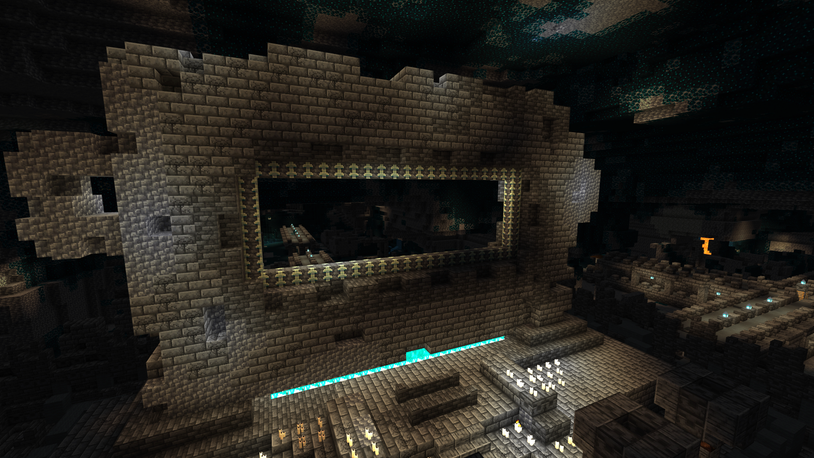
Mangrove swamps are usually found next to jungles and deserts. The biggest things that make this biome different from regular swamps are the mangrove trees, the muddy ground (instead of grassy), warm (gray) frogs, and tropical fish in the water.
Frogs come in three different types: temperate (orange), warm white), and cold (green), and each is a native biome that is one of those types. Like most real frogs, these are faster in water than on land, like sitting on lily pads and big dripleafs, and tadpoles hatch from lay eggs laid in water that grow into frogs. But, unlike all real frogs, when they eat slimes, they drop slime balls, and when they eat magma cubes, they drop froglights (whose color is based on the type of frog) after eating a magma cube. Initially, this update was meant to add fireflies were planned to be eaten by frogs but were ultimately scrapped because fireflies are poisonous to real frogs.
Recovery compasses are regular compasses. But it points to where the player last died so they can pick up their dropped stuff sooner and before it all despawns after five real-time seconds.
Trails and Tails Update v.1.20 (Jun 7,2023)
Added: Archaeology, cherry trees, armor trims, and hanging signs.
Hanging signs are like regular signs, with the same wood types as them, but the player can hang these from the bottom or the side of a block or something similar.
Archaeology in MC has the same tools and terminology as real archaeology. With the new brush on a suspicious sand or gravel, players can find 20 varieties of pottery sherds (Fun Fact: That's not a misspelling; it's spelled like that because real-life archeologists prefer to spell it like that when referring to ancient fragments of pottery they find) and smithing templates. Pottery sherds are shards of ornamental decorated pots that can be crafted by combing any three in crafting table. Most of the smithing templates can be used to add trimmings to any armor; there's also one used to upgrade diamond armor to netherite.
Recent April Fool's Day Updates from 2016 to Today
These will only include April Fool's Day Updates from these years because they are more interesting, and there's more documentation than these updates for classic MC (2011 to 2014) era. Also, all of these "updates" were undone by April second. Like the previous section, all version numbers are for the Java Edition of MC.
The Trendy Update v.1.RV-Pre1 (2016):
This update made every mob and player technologically advanced with USB (Universal Serial Bus) charging blocks, VR (Virtual Reality) headsets, ankle monitors, and smartwatches.
Ankle monitors can't be taken off in survival mode but can be creative. It gives the "criminal" who's wearing it slownes. It'll display several messages in the chat if the "criminal" is not in the Overworld.
Smart watches show the time in human-readable format above the hotbar. It'll also post to the in-game chat when the wearer gets hurt or even when they craft a specific item.
When Wearing a VR headset (the game calls it reality vision): When endermen are wearing a VR headset, they'll still attack the player if they look at them. When the player wears one, it'll show a 3D (three-dimensional) version of the minimap. And it'll show signs to say "OBEY," a reference to the movie They Live.
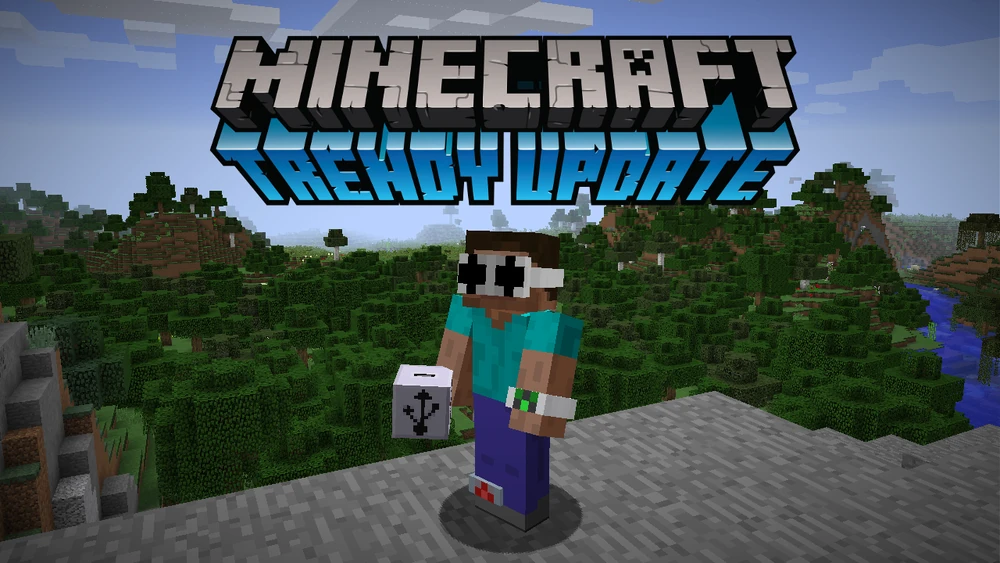
2017's Anouncment:
For this year, MC announced the fake and never-releasing Mine & Craft Digital Leisure Device. Which was shown to resemble a Game & Watch and played a game that looked like MC but in the style of a Game & Watch. They (MC) acouned this thing via a wonderfully 80s-esque ad (advertisement)? Announcement? video on YouTube. I'd highly recommend you watch it when you have a moment. It's called Introducing The Mine & Craft Digital Leisure Device.
The Game & Watch is a Nintendo-created series of handheld electronic games between 1980 and 1991. By today's standards (extremely loosely), the size is like a small, basic calculator, and the screen is close to the graphics of a basic calculator (not anywhere close to a TI-83) with its LCD (liquid-crystal display) screen. And it was a two-in-one deal: one game and a clock. The games weren't completely silent. As someone played, it beeped and booped.
The New Texture Update (2018):
In this update, all the textures were changed to 8-bit color, which led the new textures to look the opposite of all of the things the splash text (the randomly chosen text on the title screen that changes everything the player boots MC up) described it as:
- Cleaner!
- Simplified!
- Not Blurry!
- Not Bubbly!
- Not Cartoony!
- Photorealistic!
- Hand-painted!

Minecraft 3D Shareware v.1.34 (2019):
For a little context: Shareware are programs and games that can be played for free, but the player might be asked to pay later. In the 90s, before the internet became hard to avoid, like it is today. Shareware was distributed through CDs (Compact Discs), and most at the time were quite low quality because of the hardware and storage limitations of the time.
Anyways, this version of MC was (according to the Mojang) originally, one of the few copies ever made and was found "amongst all the rubble" in the basement of Mojang's old office and was described as a masterpiece for the 90's with its award-winning, cutting-edge technology. Most additions or changes are basically, making fun of low-quality shareware games in 1999.
Ultimate Content v.20w14infinite (2020)
In this update, the player could throw a book and quill into a Nether portal. The portal would then change to look different than a regular Nether portal. It would send the player to a randomly generated dimension, sometimes with their own biomes, mobs, structures, loot, etc
Minecraft Plus! (2021)
Minecraft Plus! is a collection of MC themed screensavers that referenced many old versions of Windows. Many of the screensavers used textures from the game. The (fake) box art for this update was styled after Microsoft Plus! for Windows XP (experience), which is an add-on Windows XP that added more desktop themes and screensavers.
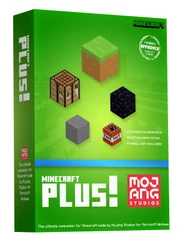
One Block at a Time Update v.22w13oneBlockAtATime (2022)
Supposedly, the first and only snapshot (sneak peek) for the update of the same name that was supposedly going to be released sometime in the future. This update removed the inventory and overhauled blocks, items, and mobs; it also changed game controls, breaking, and crafting. Most importantly, because the inventory (and, by extension, everything around the Hotbar and to do with the inventory) was removed, the player can carry one thing, and anything picked up can be thrown.
Fun Fact: if the player is given armor through commands, it'll lose all durability and break instantly. The player can ride the Ender Dargon.
The Vote Update v.23w13a_or_b (2023)
This update added exactly what it sounds like a voting system for features or mechanics that should or shouldn't be added. The player can vote on everything like adding or removing blocks, adding bugs (programming error), unlocking packed air, adding bottles of entities (making the player into a mob when drunk), longer string, the other portal, and many more.
The Other Portal is a portal that is made of glowstone, which has the same required dimensions as a nether portal. When water is placed inside, it teleports the player 500 blocks into the air and returns the message "Error 404 Terrain Not Found". This refers to The Aether mod, but when the player puts water on the portal, it sends them to The Aether.
Authors
Music
These people composed the following music discs, like the game's version of CDs or records, that can be obtained in MC through various means that are usually specific to that disc. For some discs, the player has to combine nine pieces to get it, while the rest of the discs can only be found in different naturally generating structures. They can be listened to through jukeboxes, the game's equivalent to a CD or Record player.
Also, if you'd like to listen to any of these tracks outside of the game, many are available wherever you listen to your music.
| Composer | In game name | Song | Updated added |
|---|---|---|---|
| C418 AKA Daniel Rosenfeld | 13 | Seecret Friday 7, July 2010 | |
| cat | |||
| blocks | Adventure Update, Nov 2011 | ||
| chirp | |||
| far | |||
| mall | |||
| mellohi | |||
| stal | |||
| strad | |||
| ward | |||
| 11 | |||
| wait | v1.4.4, Nov 2012 | ||
| Lena Raine | otherside | Caves & Cliffs: Part II, Nov 2021 | |
| Pigstep | Nether Update, June 2020 | ||
| Samuel Åberg | 5 | The Wild Update, June 2022 | |
| Aaron Cherof | Relic | Trails & Tales, June 2023 |
Textures
In MC, textures are images that are applied to everything in the game to make them look a certain way. If the player wants, these can be changed via texture packs. But someone had to design those base textures.
After the Village and Pillage Update (v1.14) in April 2019. Most of the textures for the base game were, and still are, created by JAPPA, AKA Jasper Boerstra, except for a handful or so, like the creeper's texture.
Before that update, though, it's not commonly accepted who created many of them. But because Notch, AKA Markus Persson, solely created most of the game, it's assumed he made them.
The Paintings
Officaly each art piece in the frame is called canvases while the entire item that goes on the wall is call a painting.
In MC, players have these to decorate the wall of their homes and what not. In game, they're pixalated verisons on real paintings. So, these are the artists behind them.
Kristoffer Zetterstrand
A Swedish surrealist artist that's infuenced by pixalated computer graphics and 3d world. And alot of their work incudes these as staple point. If you like his work, his website is zetterstrand.com.
As a side note, These are only the ones that are currently in the game, with out spawing them in with commands.
| Java update added | Name in files | In game painting | Original name | Real painting |
|---|---|---|---|---|
| Indev, Feb 2010 | alban |  |
Albanian | 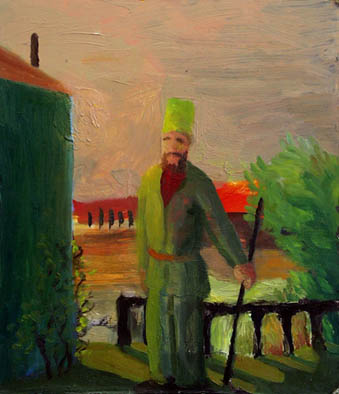 |
| aztec |  |
de_aztec | 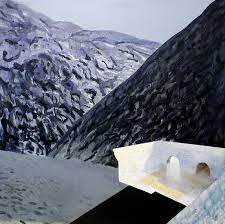 |
|
| aztec2 |  |
de_aztec | 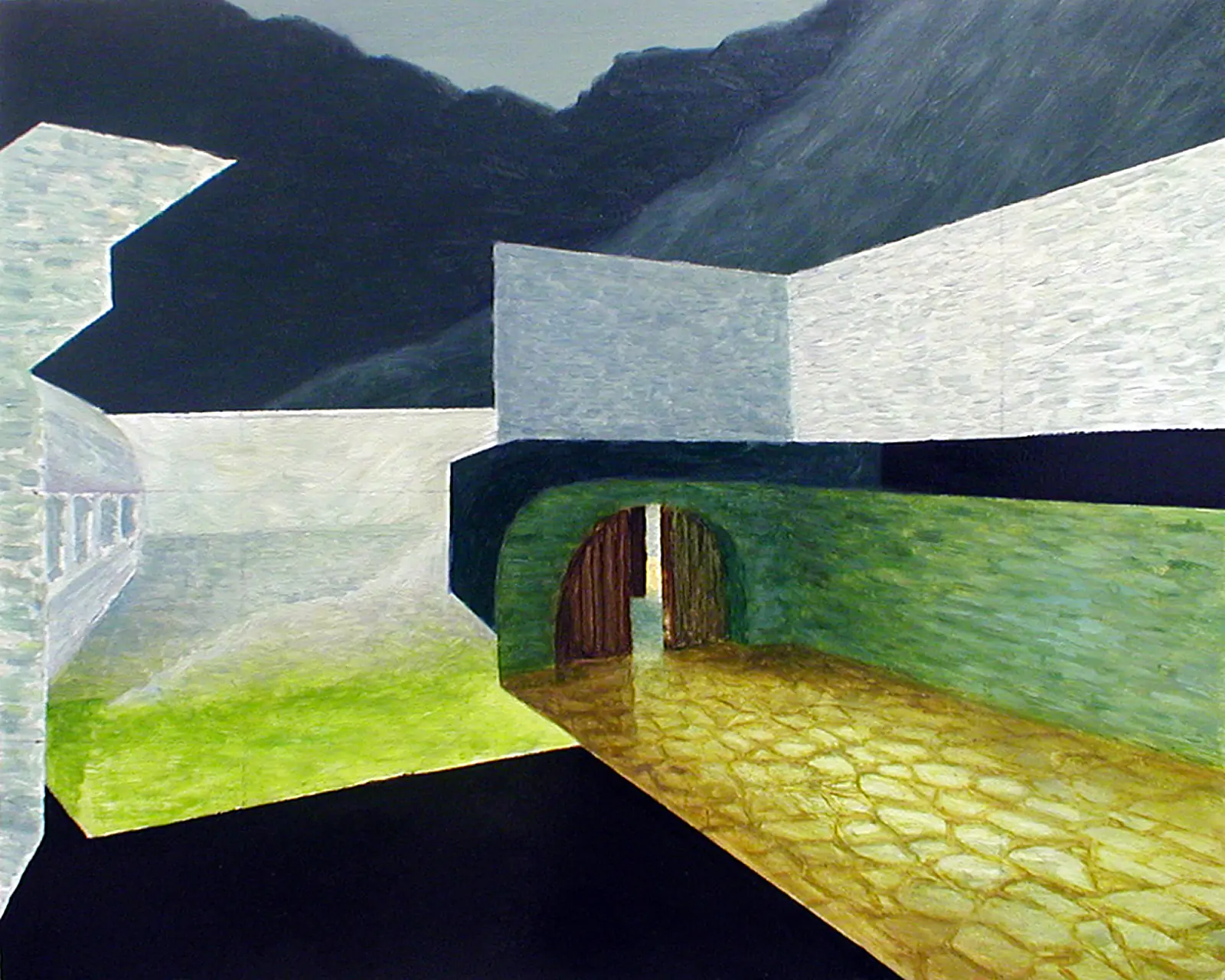 |
|
| bomb |  |
Target Successfully Bombed | 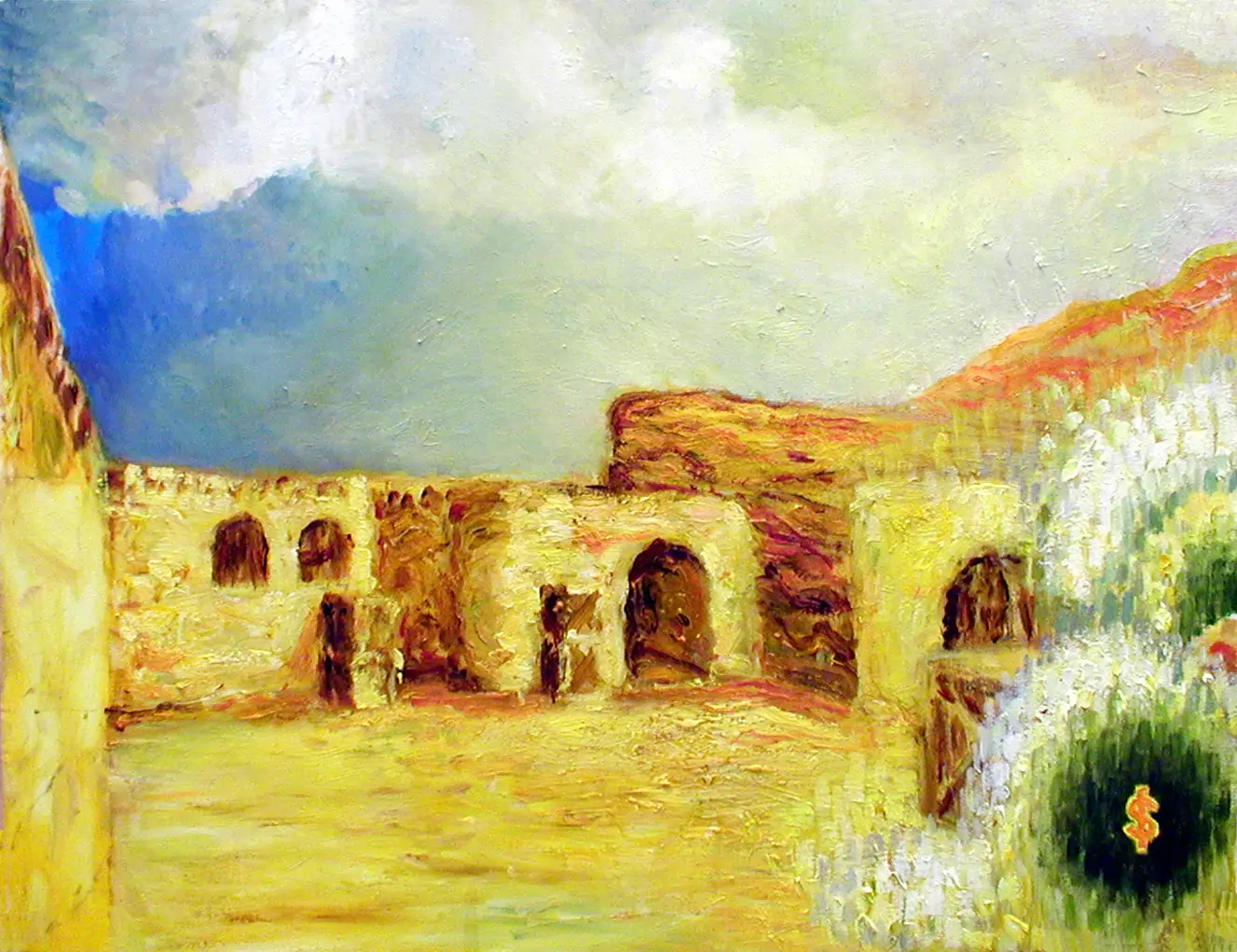 |
|
| kebab |  |
Kebab med två pepperoni | 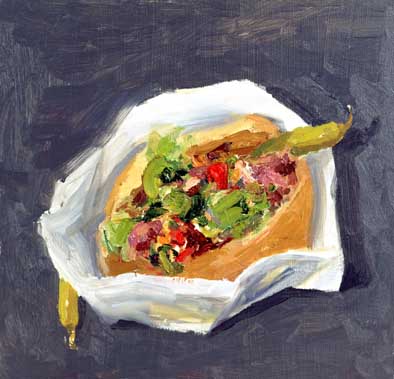 |
|
| plant |  |
Paradisträd | 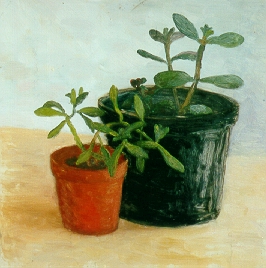 |
|
| wasteland |  |
Wasteland | 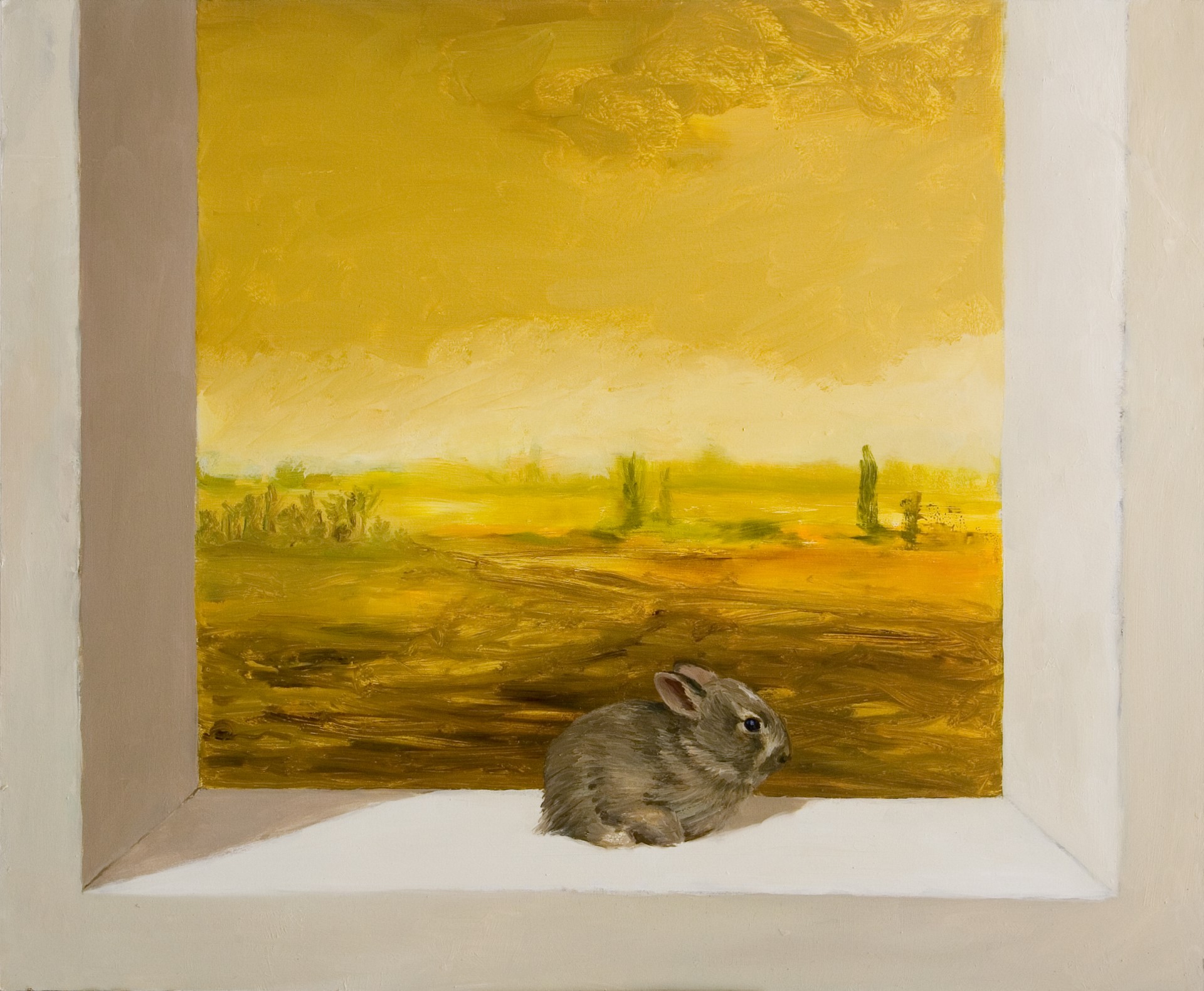 |
|
| courbet |  |
Bonjour Monsieur Courbet | 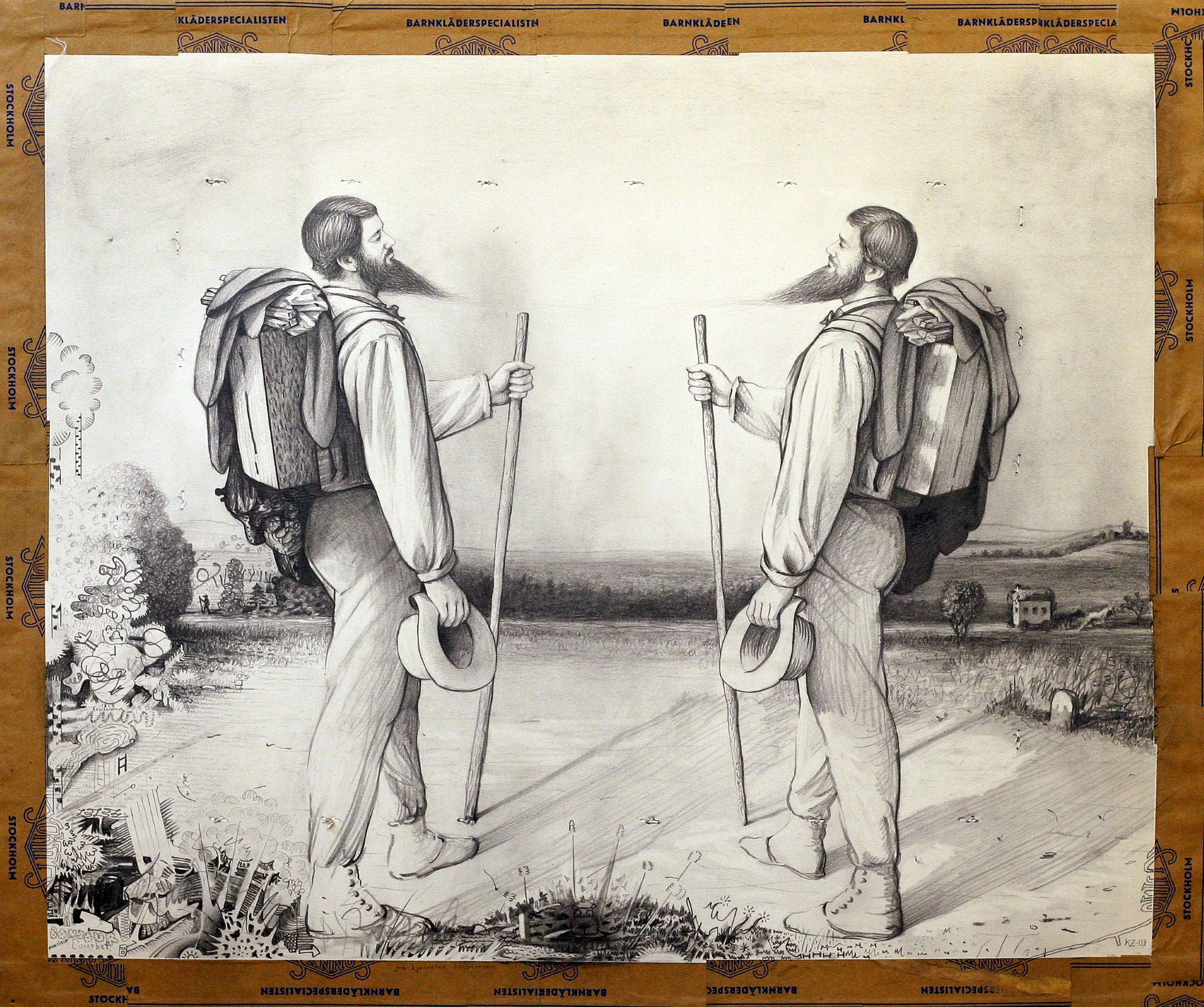 |
|
| pool |  |
The Pool | 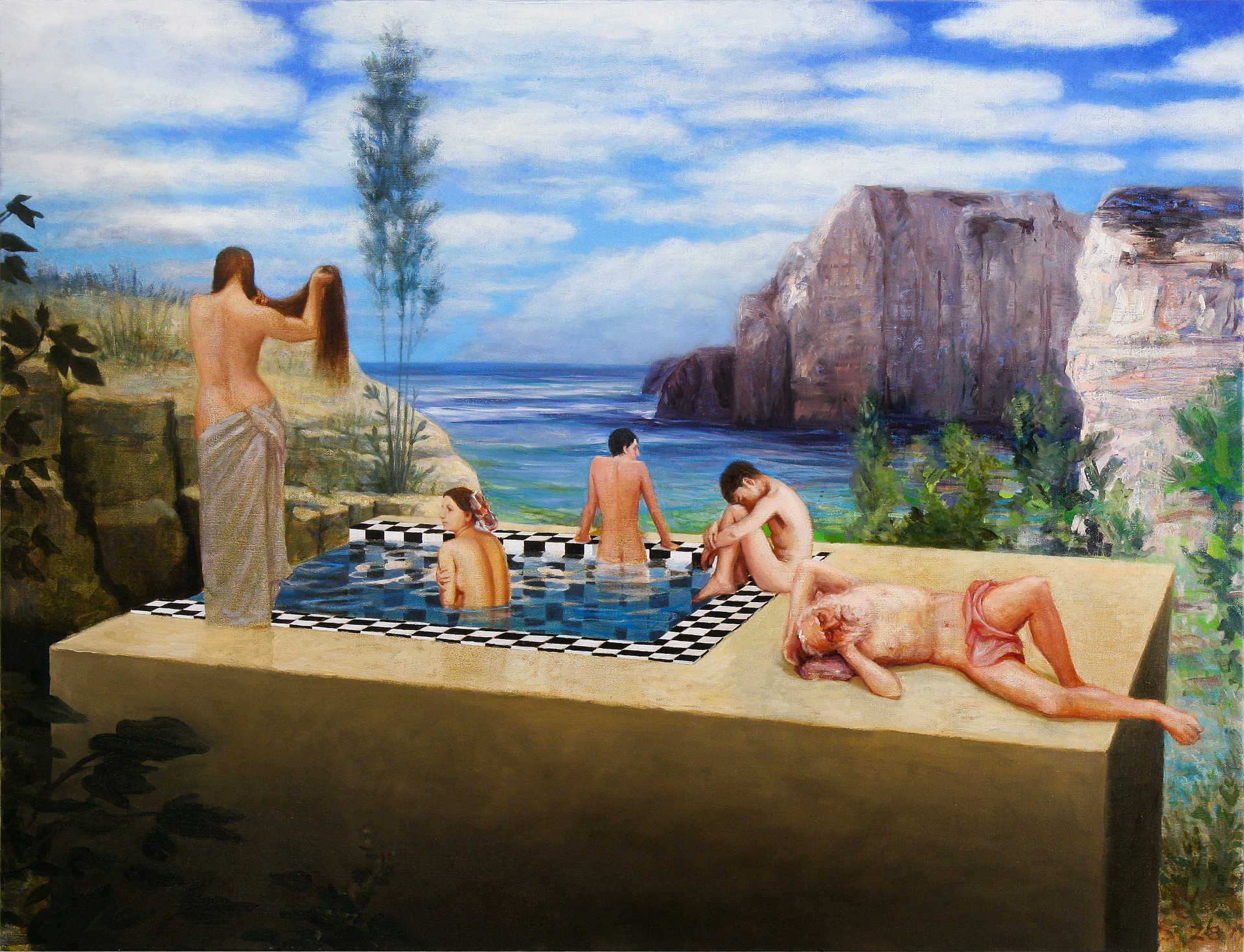 |
|
| sea |  |
Seaside | 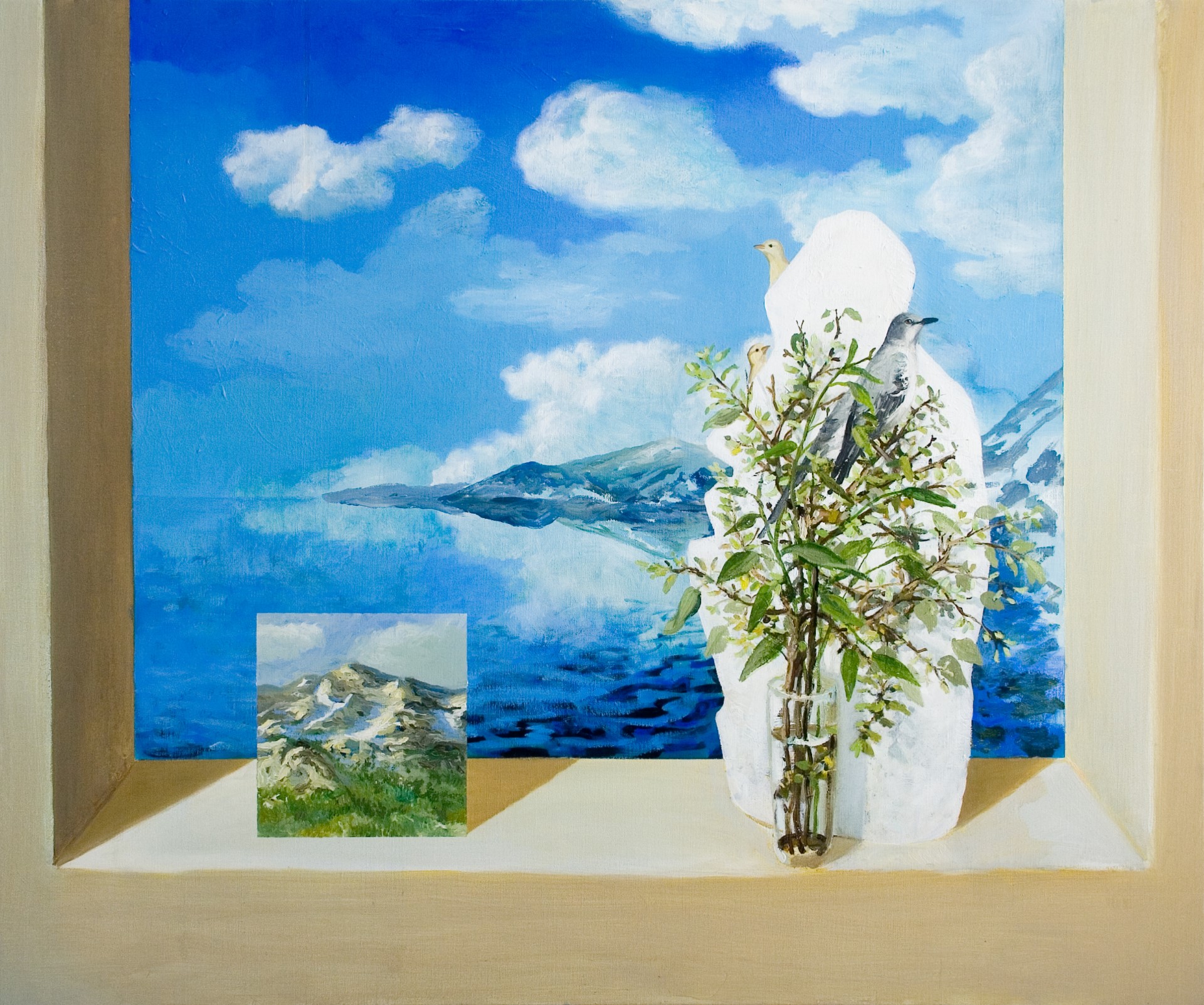 |
|
| sunset |  |
sunset_dense | 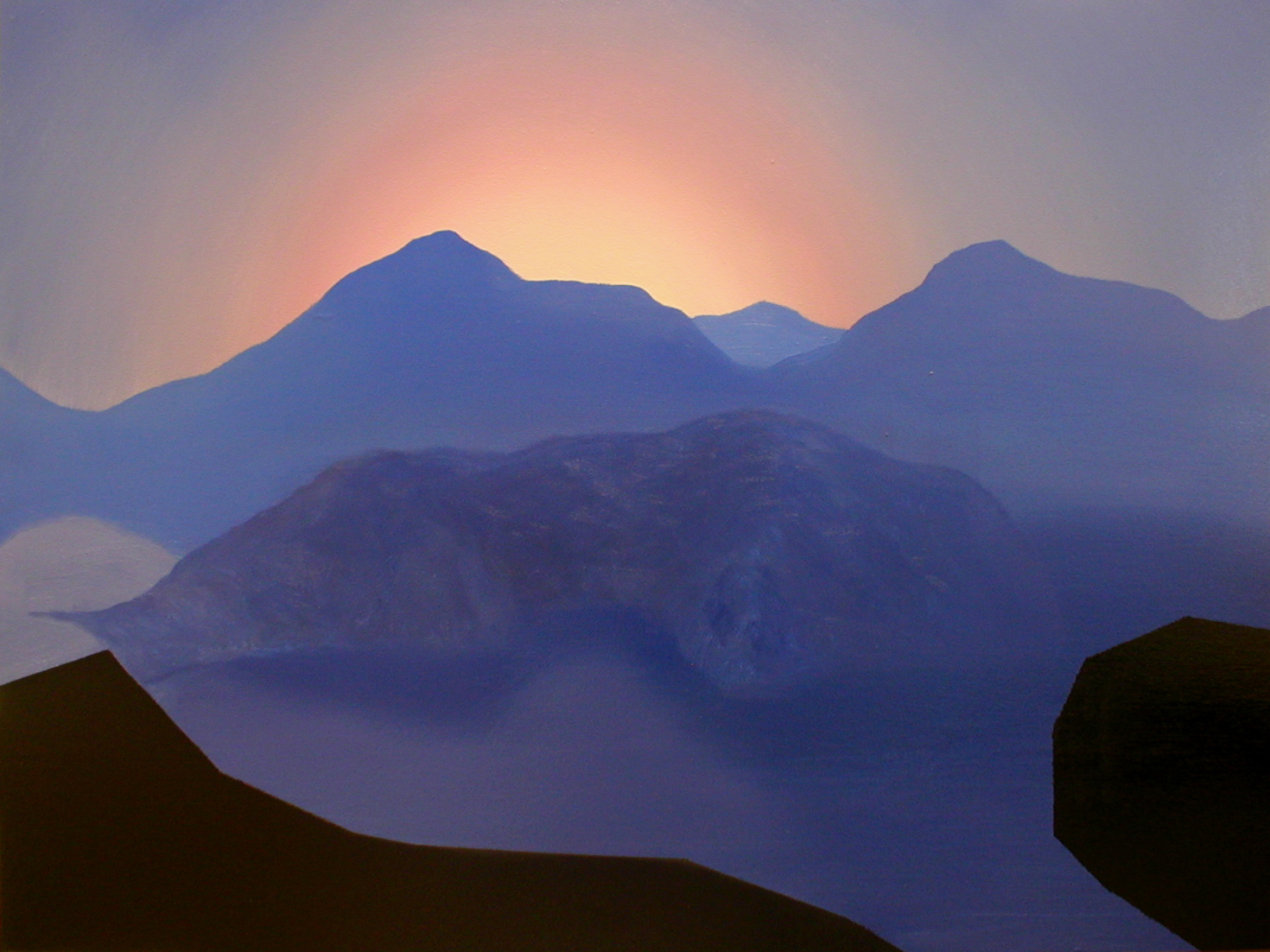 |
|
| match | 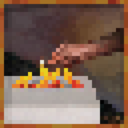 |
Match | 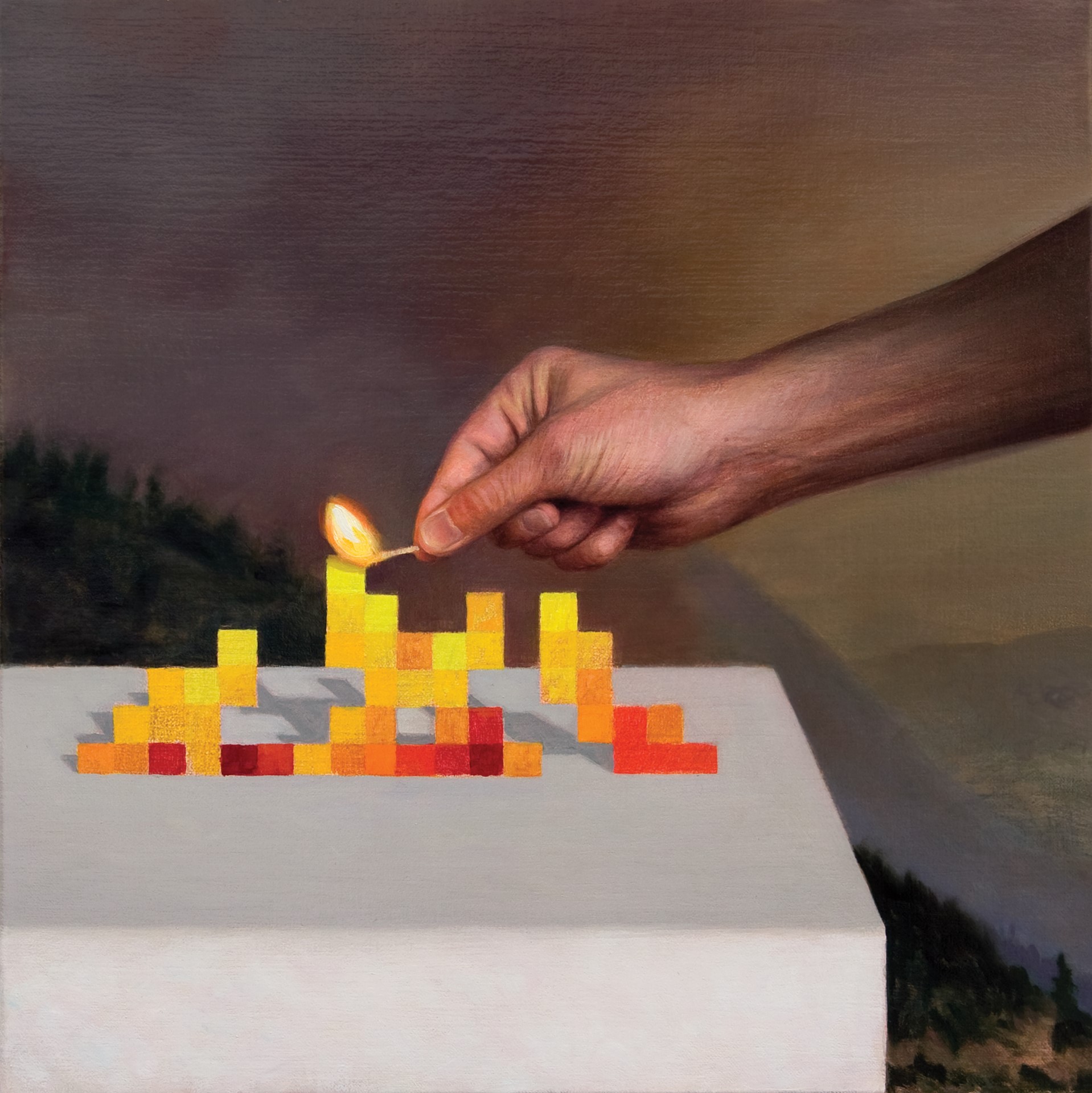 |
|
| skull_and_roses | 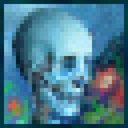 |
Moonlight Installation | 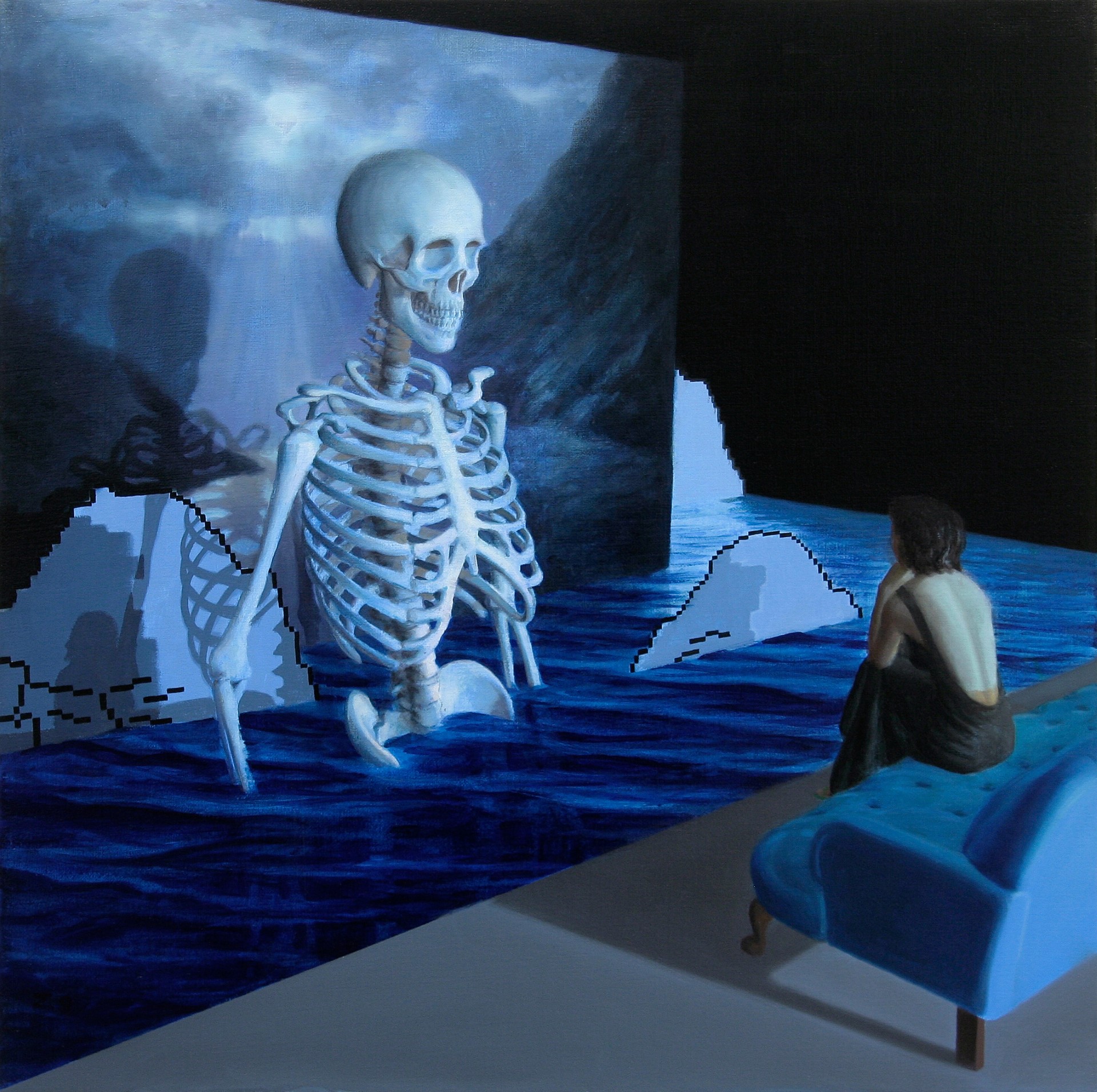 |
|
| stage | 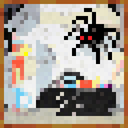 |
The Stage Is Set | 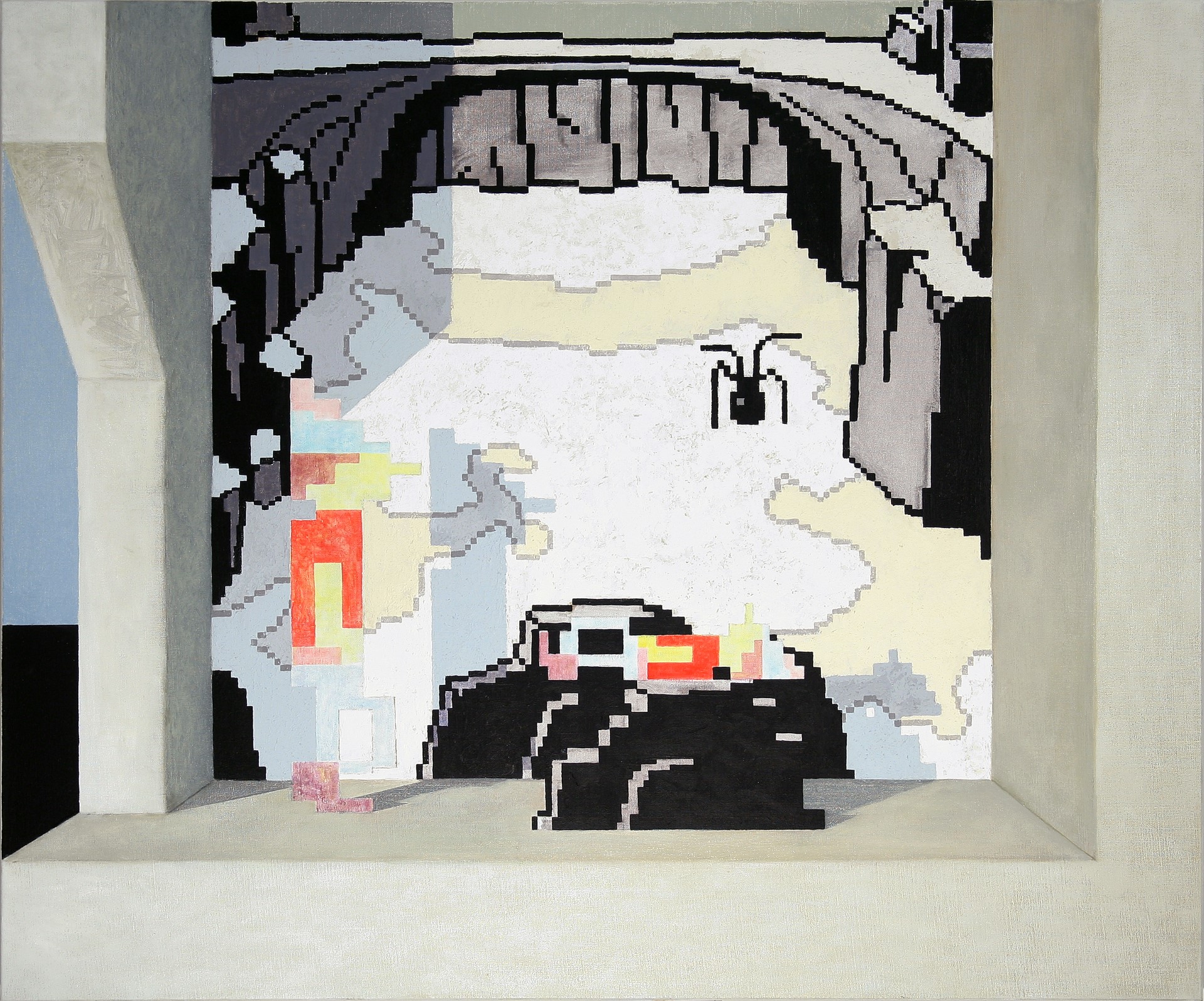 |
|
| void | 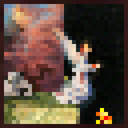 |
The void | 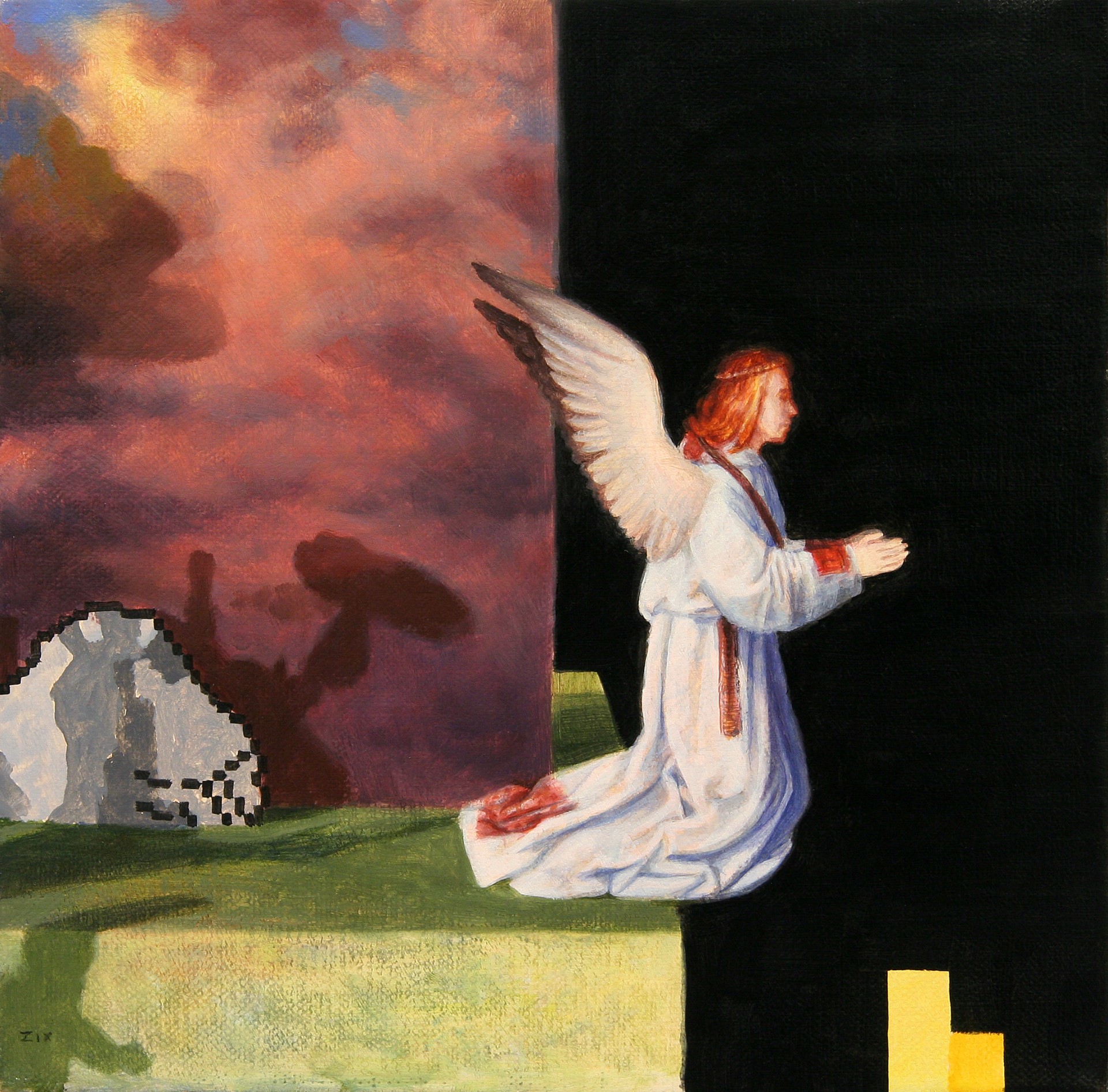 |
|
| fighters |  |
Fighters | 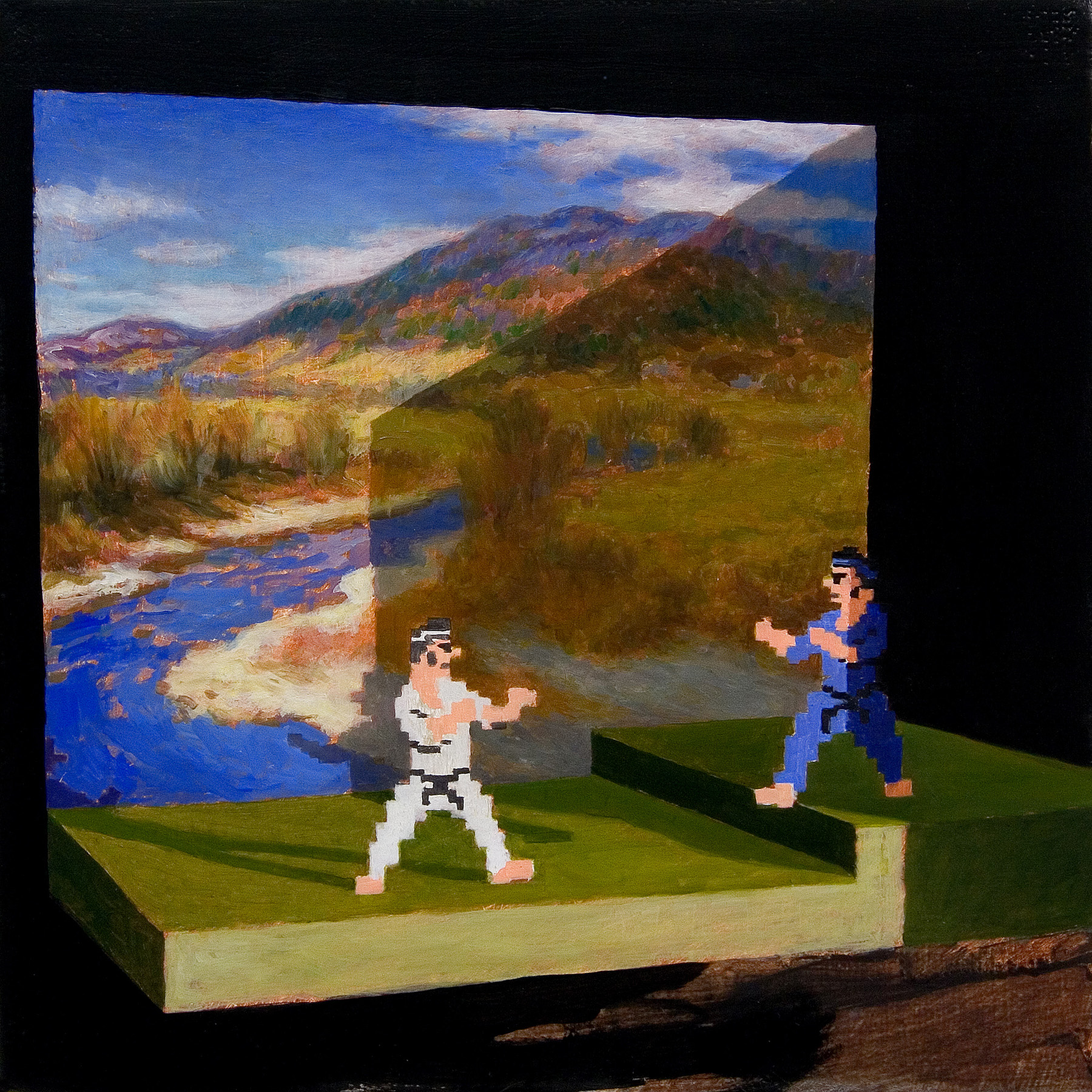 |
|
| pointer | 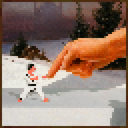 |
Pointer | 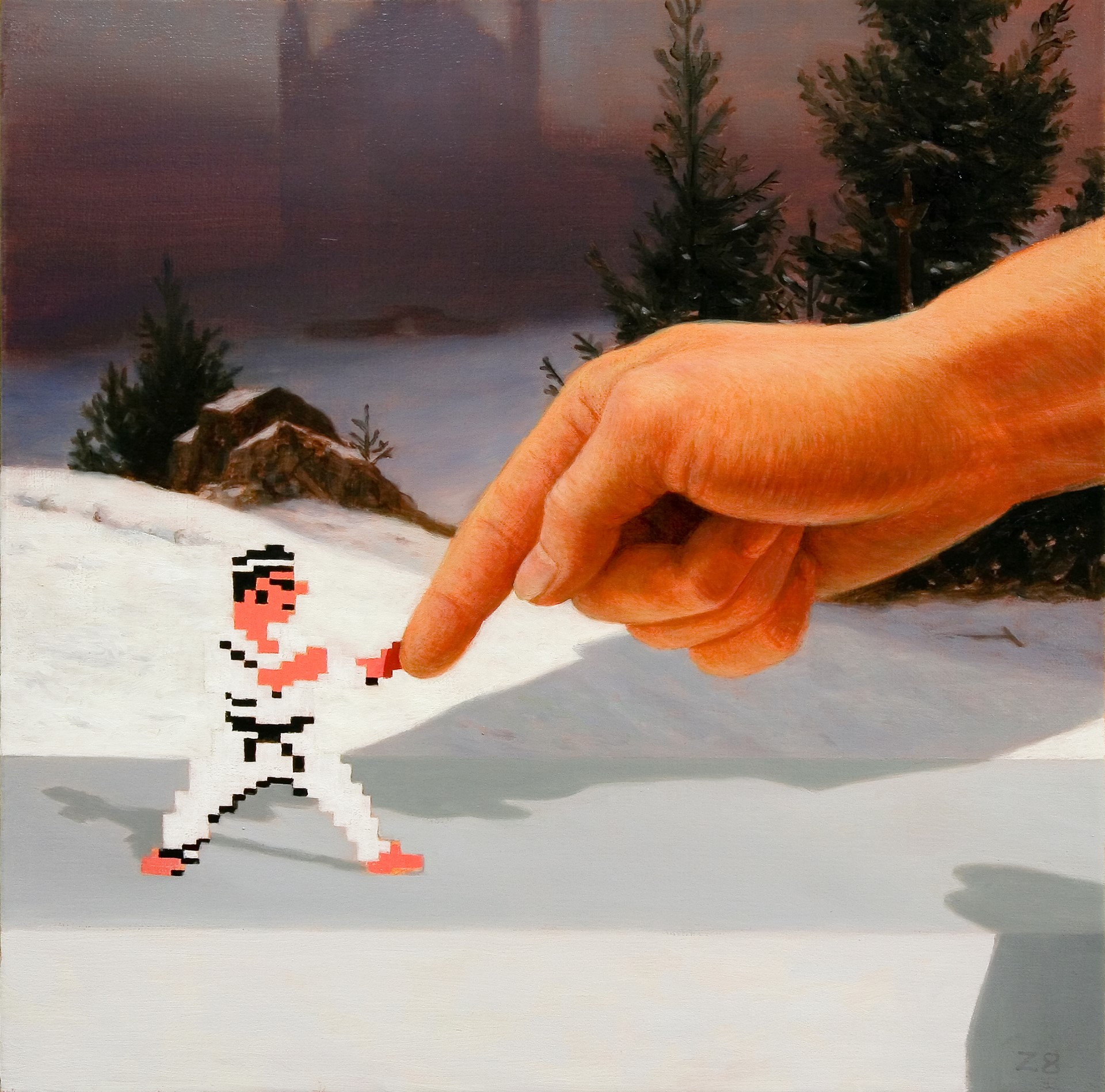 |
|
| wanderer |  |
Wanderer | 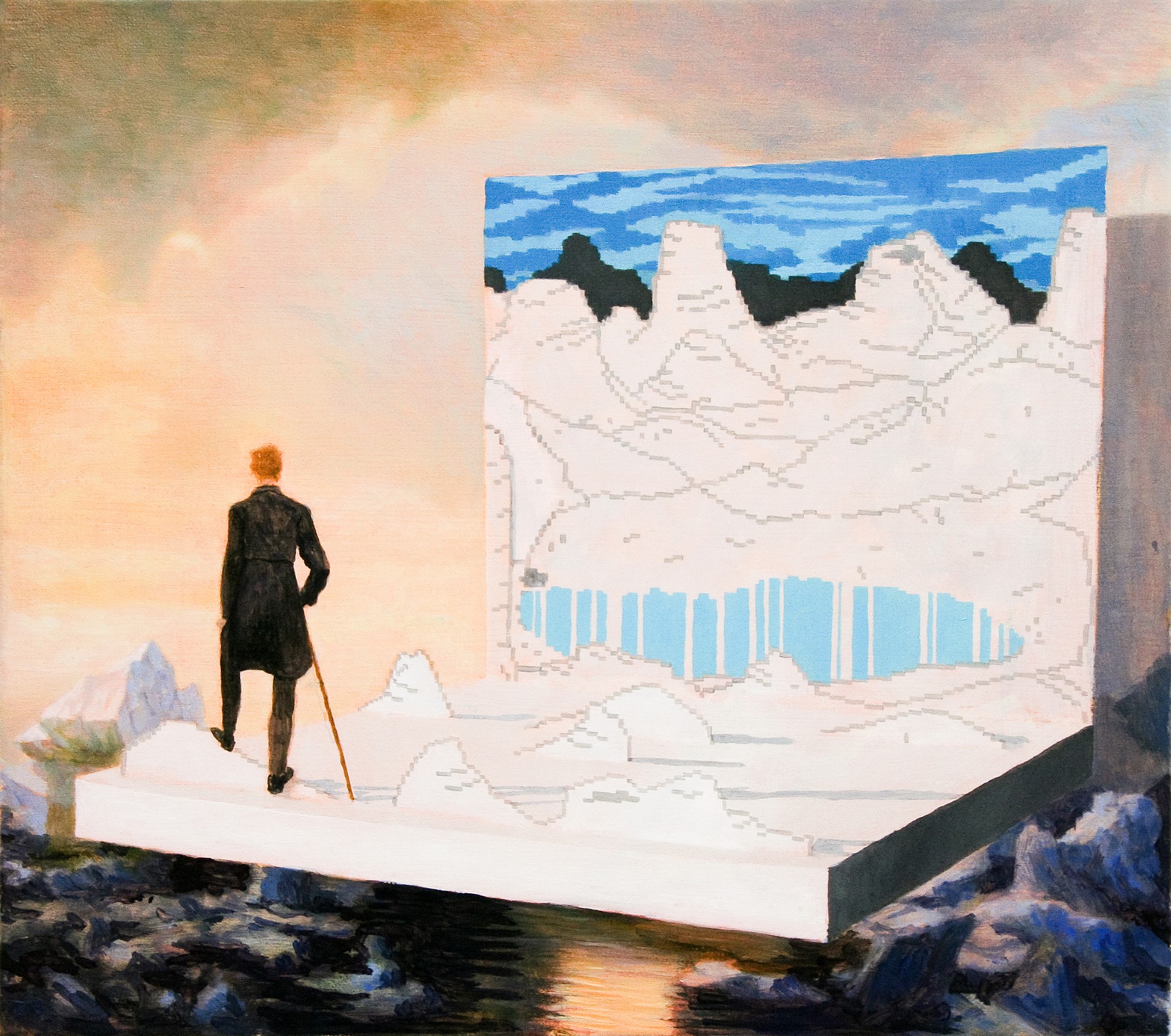 |
|
| bust | 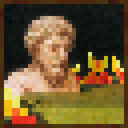 |
Bust | 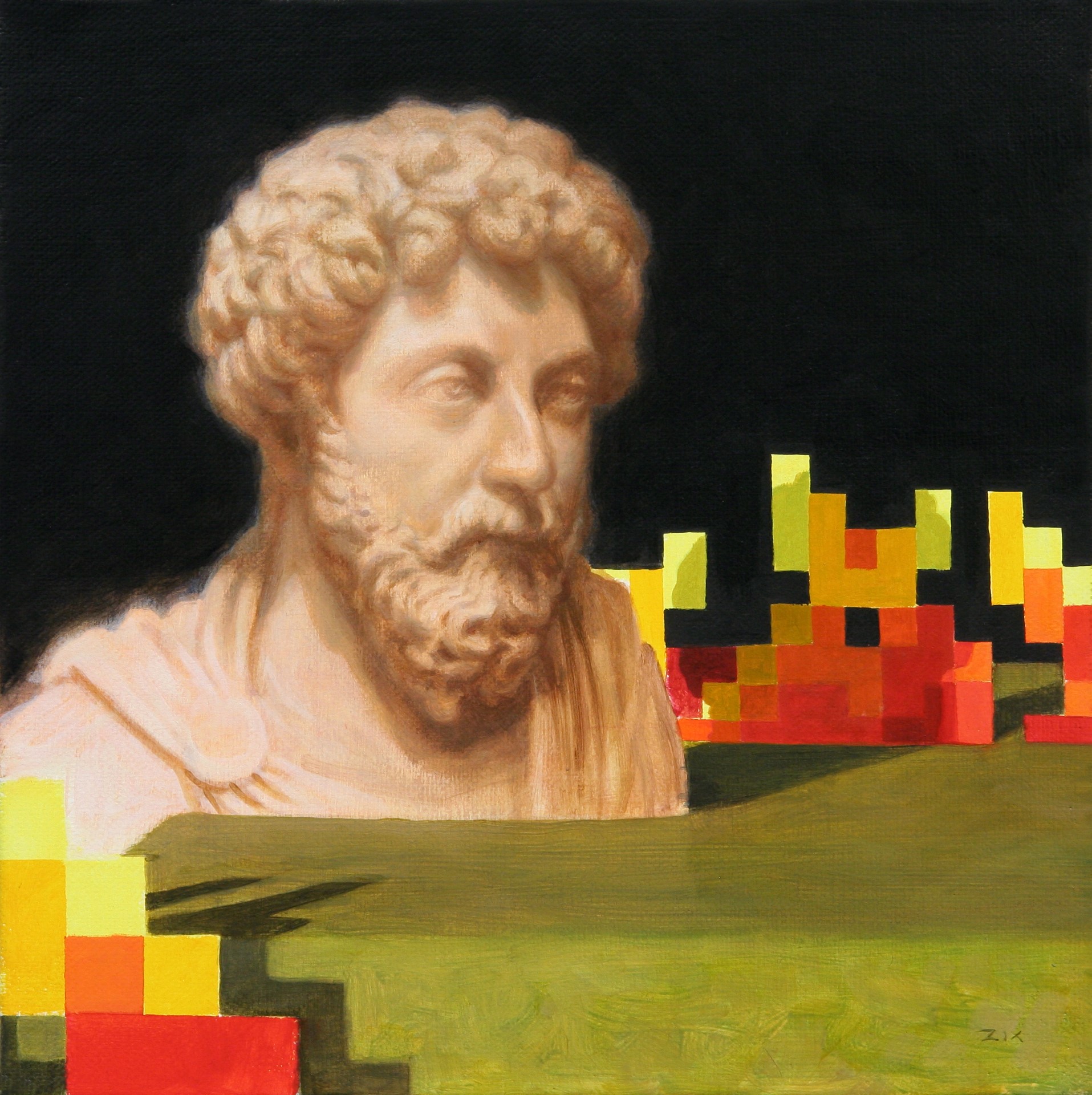 |
|
| The Seecret Saturday update, Sep 2010 | creebet |  |
Creebet |  |
| graham |  |
Graham | 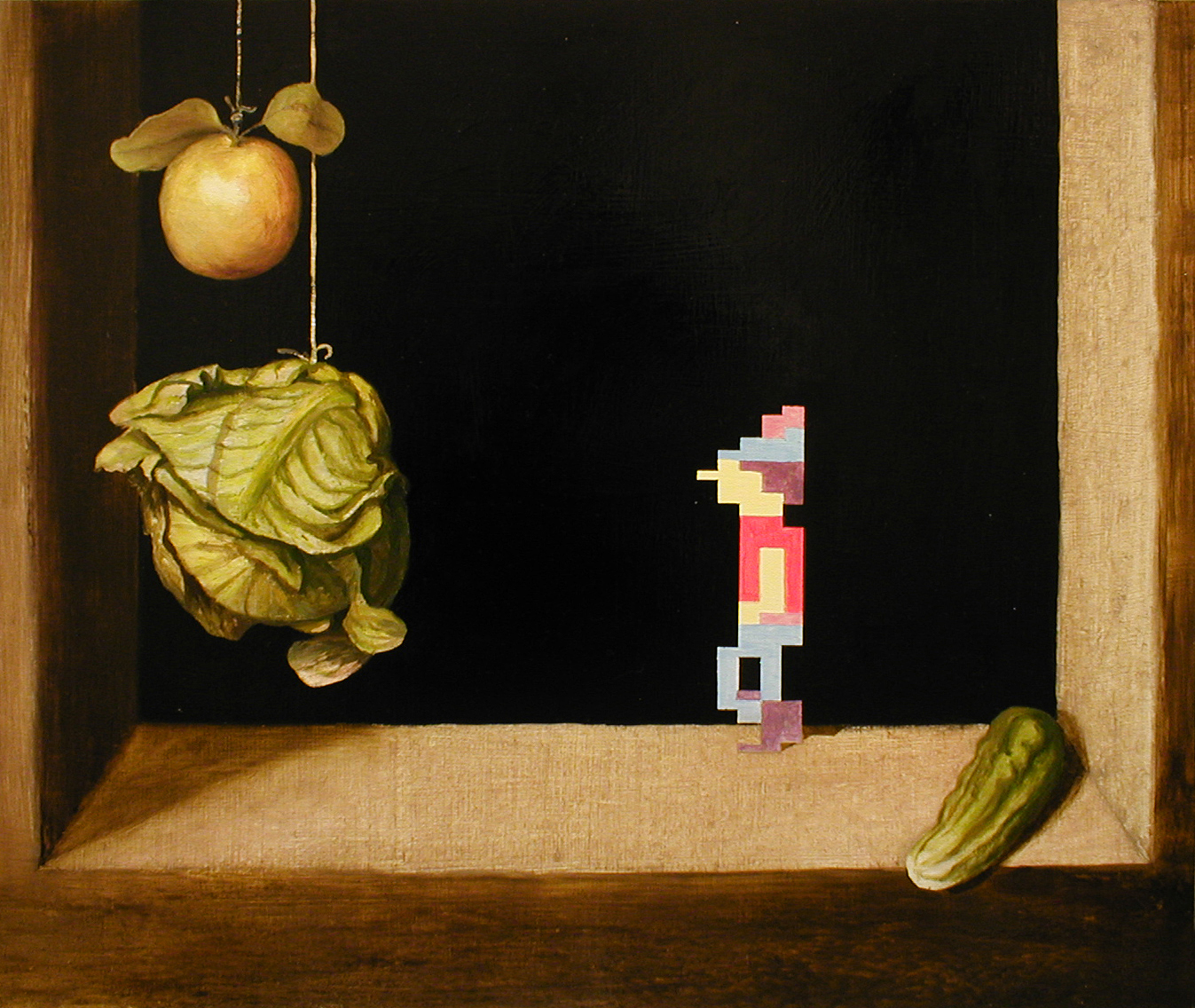 |
|
| donkey_kong |  |
Kong | 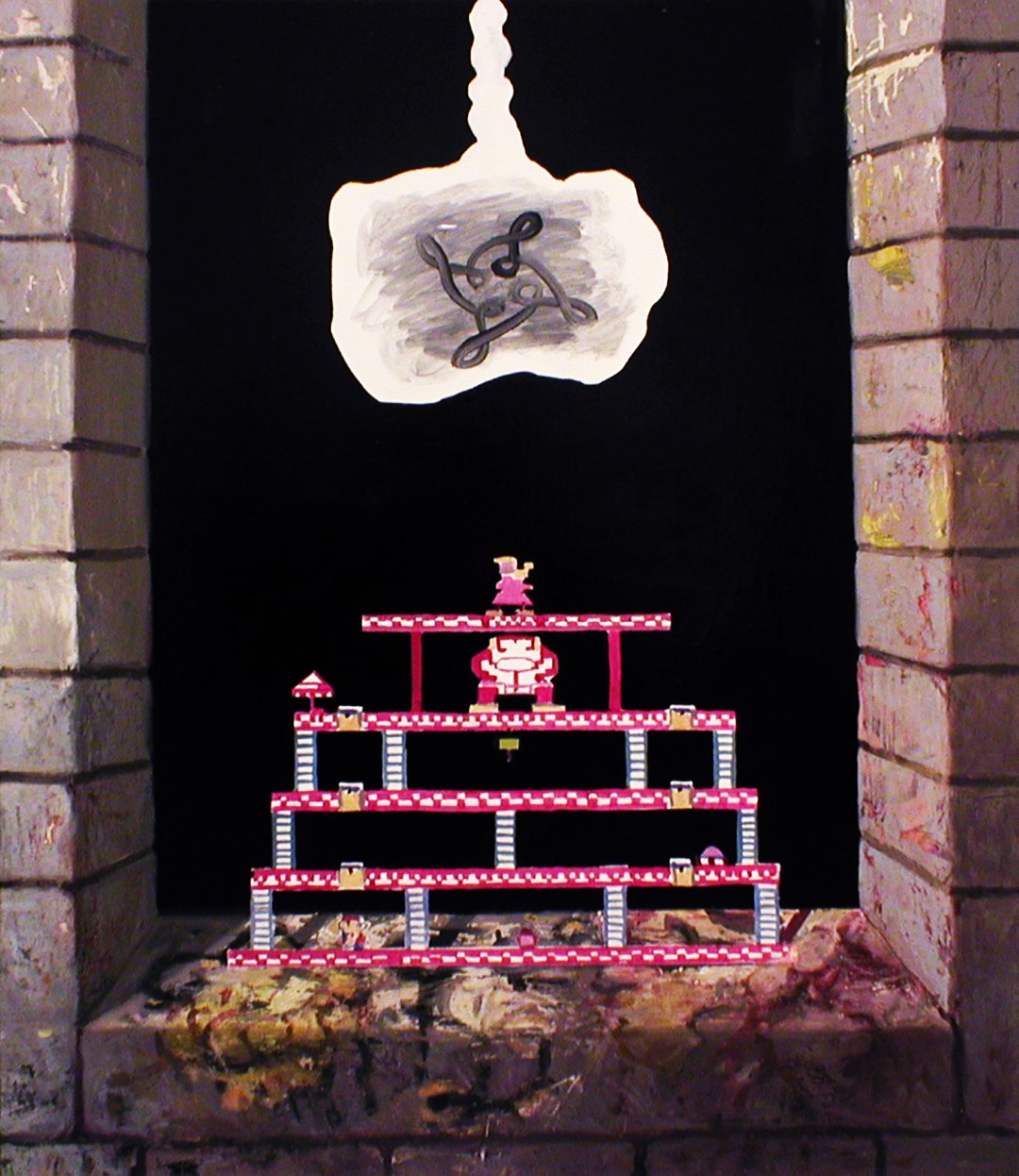 |
|
| skeleton |  |
Mortal Coil | 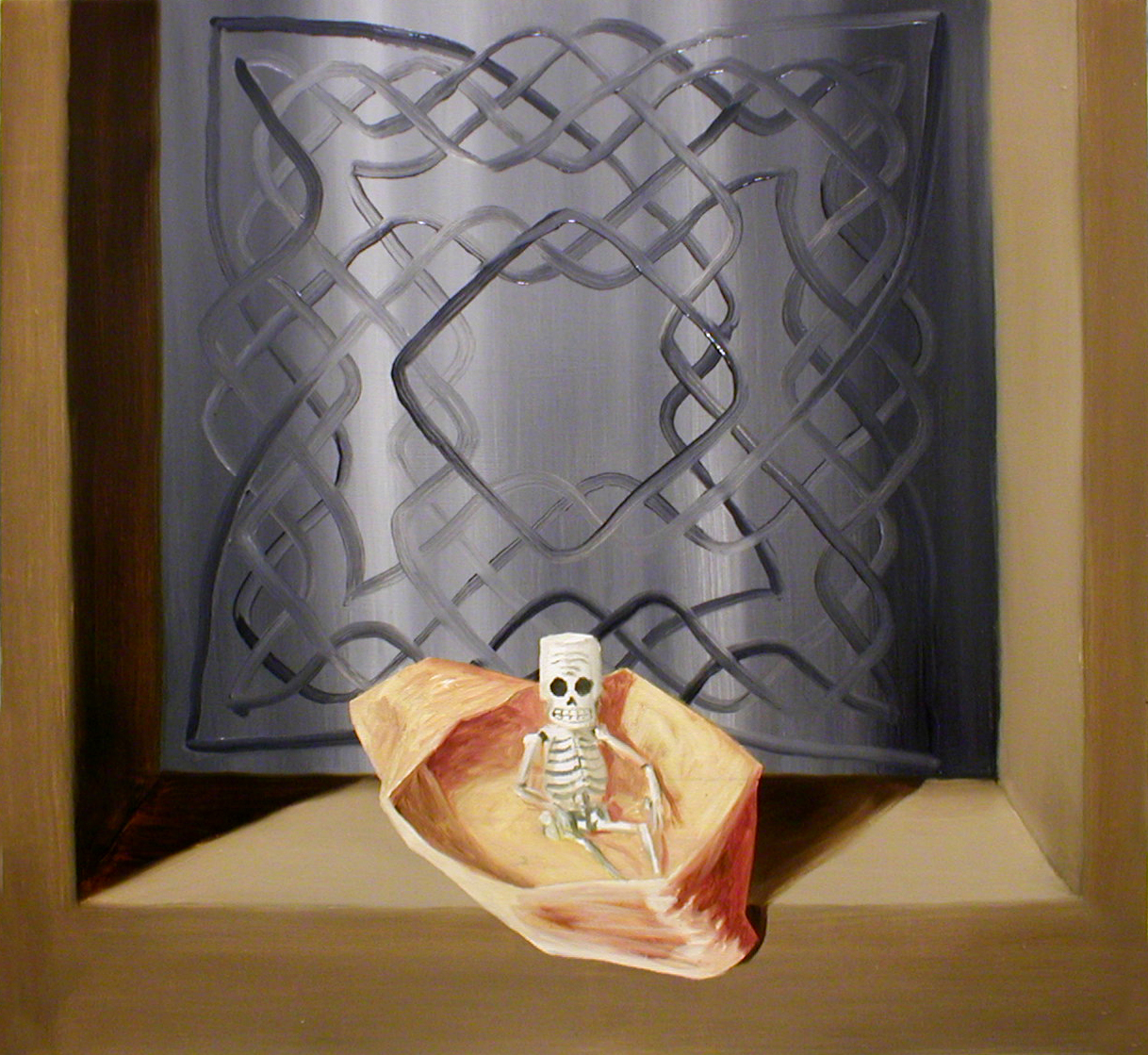 |
|
| pigscene | 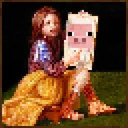 |
RGB | 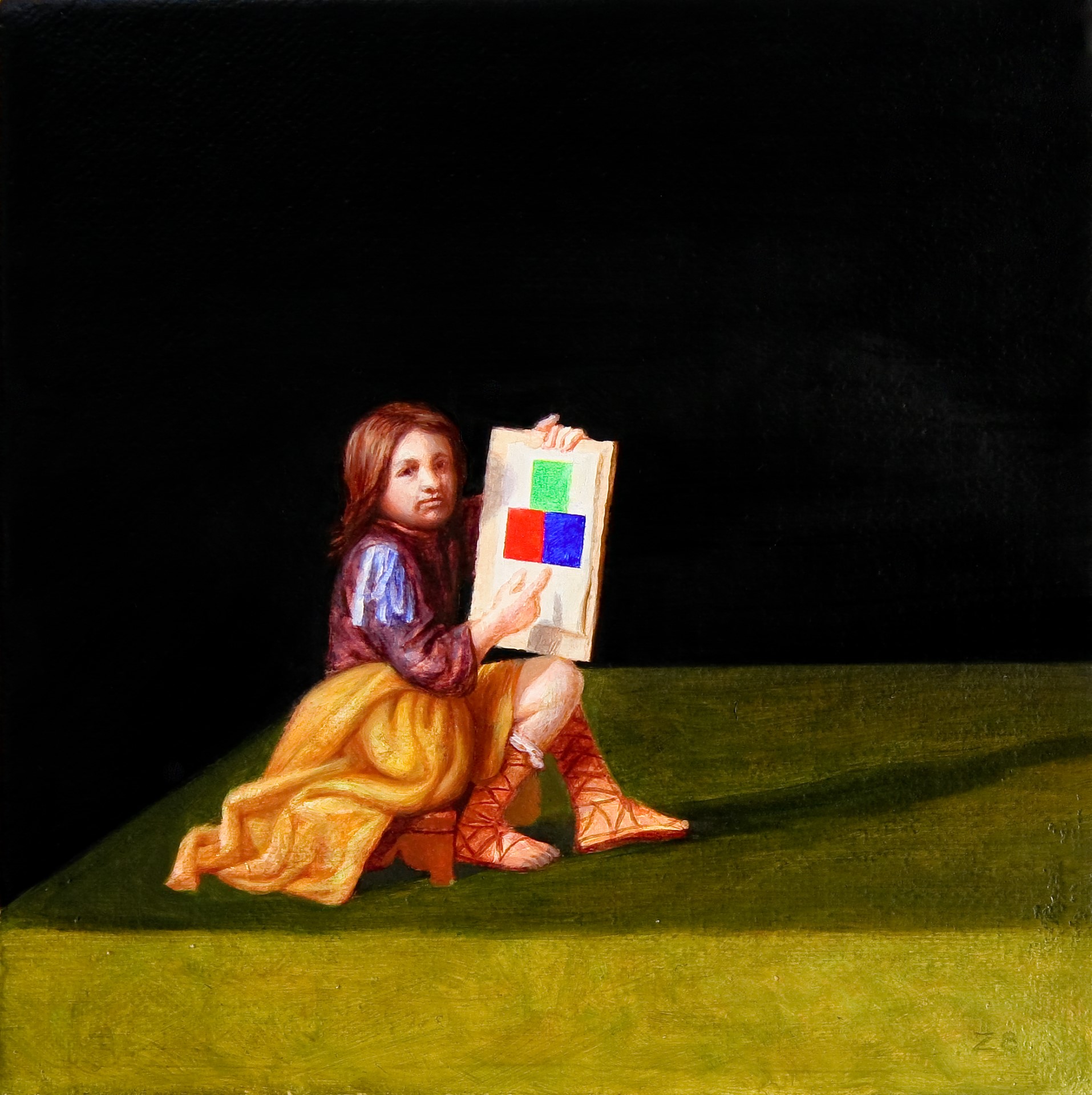 |
|
| Beta 1.2_01, Jan 2011 | burning_skull | 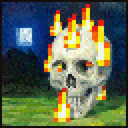 |
Skull On Fire | 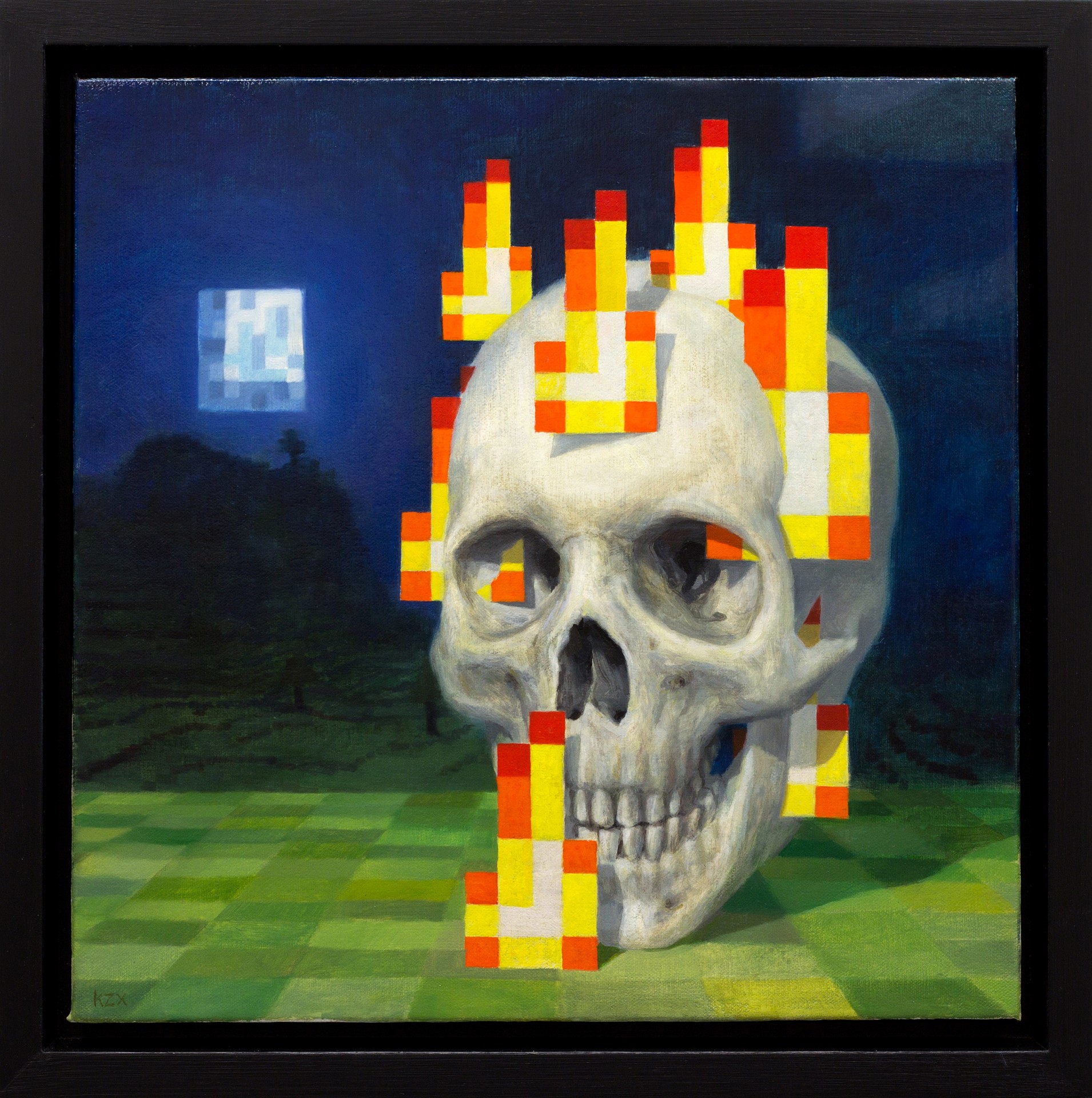 |
Jens Bergensten (AKA jeb_)
The wither is the only one not made by Zetterstrand or based on a real painting. added in the Pretty Scary Update, Oct 2012.
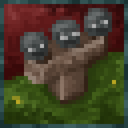
The Mobs
Mobile entities (mobs) are non-playable characters (NPC). All can be interacted with by the player in a variety of ways. Some have exclusive actions, like cows giving the player milk, movement, loot drops, and artificial intelligence (AI). They all drop at least drop some experience after being killed and might drop an additional item or item. There are way more mobs listed here. The author just wanted to include the most notable ones that have some purpose. The following lists will not include combinations or variants as their subsections under the type (hostile, neutral, or peaceful).
Fun Fact: If any of these are named Dinnerbone, they'll be fliped upsidedown.
Hostile Mobs
Hostile mobs will always try to attack the player as long as they are in range. But will not spawn when in peaceful mode. The damage and health each does vary between each, and how much each depends on what difficulty the player is on.
Blaze (added in The Adventure Update v. 1.0.0, Nov 2011)
These only spawn in Nether Fortresses and are usually killed to get their blaze rods, which are required to get into the End. They also drop ten experience orbs. These only spawn in Nether Fortresses and are usually killed to get their blaze rods required to get into the End. When the player is within 48 blocks (1 block=3 feet. so 144 feet), they'll shoot the player with three fireballs and catch them on fire no matter what, even if they have Fire Resistance.
Creeper (added in Survival Test, Oct 2009)
This is the most iconic mob, even used on official MC merch like hoodies, lunch boxes, and posters. They'll silently approach the player, and when within 3 blocks of them, they'll explode, killing players not wearing armor and destroying some of the surroundings. When it's struck by lightning, it becomes a charged creeper. This version destroys more blocks and damages the player and other mobs. It also creates mob heads from skeleton, wither skeleton, zombie, creeper, and piglin after it explodes near them. Fun Fact: These were the result of broken pigs.
Guardian and Elder Guardians (added in the Bountiful Update v.1.8, Sep 2014)
Both are pufferfish-esque mobs that only spawn around and in ocean monuments. The differences between them are that Elder Guardians are lighter in color and are larger than the Guardians. Both shoot a laser that takes some time to charge up. Still, the Guardian does regular damage while the Elder Guardian inflicts Mining Fatigue III on anyone within a 50-block radius. But if either is hit while its spikes are extended, the player will take the 2-3 hearts of damage (depending on difficulty). Both will act the same way and drop the same things after being killed: prismarine shards, a 40% chance of cod or prismarine crystals, and a 2.5% chance of a random fish.
Silverfish (added Beta v.1.7, June 2011)
These annoying little bugs will infest any stone type and any deepslate. They'll also infest blocks in mountains, strongholds, igloo basements, and fake portal rooms in woodland mansions. When the player breaks one of these infested blocks, it'll pop out and attack and incite nearby others to do the same. They also appear out of silverfish spawners in the portal room of strongholds.
Illager
This classification includes witches, vexes, Illusioners, evokers, vindicators, and pillagers. When a player with Bad Omen (caused by killing tan outpost or patrol captain) goes into a village, it'll start a raid. Spawning the mobs above that'll start attacking the villagers of the villages, and it's the job of the player to save them by defeating the illigers.
Witches (added in Pretty Scary Update v.1.4, Oct 2012)
Uses splash potions to hurt players and villagers and drinkable potions to defend and heal itself. And has a low chance of dropping a stick, glass bottle, glowstone dust, redstone dust, spider eye, gunpowder, or sugar. Although they look like villagers, they don't have a house beside swamp huts and can't open doors.
Illager
This mob uses spells to attack, summoning armor-piercing fangs and vexes. The fangs look like the mouth of a crocodile coming straight out of the ground in either a circle around the illager or a line in front of it. After being summoned by an illager, the vex will hold an iron sword and go through walls to lunge at their targets. After dying, it'll drop a Totem of Undying (the only way to get it) and an ominous banner (if raid captain).
Illusioners (added in the World of Color Update v.1.12, June 2017)
These were an unused illager model holding a bow. It mostly attacks with the bow and illusions and doesn't spawn in raids (but can join if spawned nearby) or any biome or structure. Some of the illusions it can create are blindness and invisibility. When killed, it has a low chance of dropping a basic bow and is guaranteed to drop an ominous banner (if raid captain).
Vindicator (added in the Exploration Update v.1.11, Nov 2016)
To attack, it'll use its iron axe as it sprints towards its targets. But it'll put its axe away when not trying to attack. If unharmed, it'll raise both its hands when attacking. They'll celebrate after all the villagers have been killed or beds have been destroyed. On the normal and difficult, they'll break down wooden doors. And will spawn in woodland mansions. It'll drop 0-1 emeralds, an ominous banner (if raid captain), and has an 8.5% chance of dropping an enchanted or unenchanted iron axe.
Pillager (added in the Village & Pillage v.1.14, April 2019)
This is just an illager with a crossbow instead, but it can sometimes spawn with a broken one. On Java Edition only, they'll spawn during bonus waves of a raid and have the biggest chance of being the raid leader in the first wave (meaning they'll drop an ominous banner). But after the first wave, vindicators will have a higher chance. If the raid kills all the villagers in a village, they celebrate their victory by jumping and laughing. They'll tell other pillagers to target the attacker if they get attacked.
Ravager (added the Village & Pillage v.1.14, April 2019)
These spawn in wave three without a vindicator raiding them, but with one, they'll spawn in wave seven alongside other mobs in raids. They'll run at any target within a 32-block radius and bite them with an animation of them opening and closing their mouth. But the player can be stunned by being blocked with a shield. But after they recover, they can roar, damaging and knocking down all nearby enemies. And to reach their targets, they'll break through various blocks. They'll drop a saddle when killed but can't be ridden by the player.
Hoglin and Zoglin (added in the Neather Update v.1.16, June 2020)
Only spawning in the Nether, it'll attack by throwing its tusks upwards, launching its target into the air, even if holding a shield. Although, they can be repelled by placing down a warped fungus, active nether portals, and respawn anchors. They can be bred with a crimson fungus, making them the only hostile mob to be bred. Their babies will act the same as adults, but their attacks are weaker, and they will run away when hit and stay near their parents. They'll sometimes be found being ridden by up to 3 baby piglins that can be stacked on top of each other. If a hoglin somehow ends up in the Overworld or End, it'll transform into a zoglin, but this version will never flee and attack every non-zoglin nearby.
Zombies (added in Survival Test, Sep 2009)
A common Overword that can spawn in up to groups of four, except in mushroom fields and deep dark biomes. On Java Edition, if the player is 35 blocks, it'll start pursuing them. Even though this is one of the oldest hostile mobs, its AI (artificial intelligence) is smart enough to avoid natural dangers like fire, lava, and cacti. They'll actively seek out turtle eggs within 24 blocks of them to destroy them by jumping on them.
All variants will burn to death when exposed to direct sunlight, and if they attack another mob while burning, that mob will catch on fire. But if it's wearing a helmet, it'll die after the helmet wears out. All of them also have a baby version. They are guaranteed to drop rotten flesh, and most also have a 2.5% chance to drop iron ingots, carrots, and potatoes. And if spawned with equipment (unenchanted or enchanted), they have an 8.5% chance of dropping iron shovels, iron swords, and random armor.
Baby Zombie (added in the Pretty Scary Update v.1.4.2, Oct 2012)
Zombies have a 5% chance of spawning as a baby; they behave nearly the same as their adult counterparts but are way faster, making them harder to hit. The zombie babies have a 5% chance of spawning on chicken as a chicken jockey on Java Edition only. Fun Fact: These have cost many players their hardcore world because they died from them.
Zombie Villager (added in the Pretty Scary Update v.1.4.2, Oct 2012)
If a zombie sees a villager within 35 or 52.5 blocks (depending on difficulty), even though walls. It'll even break down wooden doors to get to them. If it kills the villager, it can become a Zombie Villager (depending on difficulty). Which can be cured with the weakness effect and a golden apple. But they also have a 5% chance to spawn with other zombies on Bedrock Edition.
Husks (added in the Frostburn Update v.1.10, Jun 2016)
In desert biomes, zombies will spawn as this variant. These act like regular zombies but don't burn in the sun and will inflict Hunger (makes the hunger bar go down quicker) on their targets who aren't wearing armor.
Drowned (added in the Update Aquatic v.1.13, July 2018)
If a zombie goes into (up to its head) or spawns in a body of water, they'll become drowned. They have a 6.25% chance of spawning with a trident and an 8.5% chance of dropping it. Which is the only source of them.
Slime (added in the Seecret Friday 6 Update v.1.0.11, July 2010)
A moving sort of see through block of slime that mostly spawns in certain chunks (a 16x16 area of a world) in the Overworld and swamps. They attack by jumping at their targets, and as they die, they'll gradually split off into smaller and smaller versions, up to three times, each dropping some slime balls when killed. When not attacking or getting attacked, It'll aimlessly jump around.
Magma Cube (added in the Adventure Update v.1.0.0, Nov 2011)
Like the slime but made of lava that only spawns in a couple of biomes in the nether. But it jumps higher and less often. And because it's made of lava, it does more damage to its targets. When killed, it drops to one magna cream, the only way to get it.
Ghast (added in the Halloween Update v.1.2.0, Oct 2010)
A large white floating ghost that shoots fireballs at the player from its mouth and spawns in only certain biomes in the nether. The player can block these fireballs, bouncing them back at the ghast. When killed, they drop a gast tear and gunpowder, the only way to get past tears. Fun Fact: The sound this makes when shooting a fireball is from C418’s cat being disturbed while sleeping.
Phantom (added in the Update Aquatic v.1.13, July 2018)
A flying Overworld mob that can only spawn at night and will burn to death in the sun. They will spawn after the player hasn't slept in a bed for at least three in-game days. They attack by diving from the sky to bite their targets. When killed, it drops a phantom membrane. It was the first mob to win a mob vote in 2017, but today, they're seen as an annoyance that many players use the "/gamerule doInsomnia false" command to turn them off.
Piglin Brute (added in the Nether Update v.1.16, Jun 2020)
Although these are a variant of the piglin, it gets its subsections because piglins are neutral, while these are hostile. Anyways, these spawn in the nether in all types of bastions. These will always, on sight, charge at the player with their axe. After dying, they have a low chance of dropping their axe. When they get to the Overworld, somehow, they'll turn into a zombified piglin.
Shulker (added in the Combat Update v.1.9, Feb 2016)
It looks like a box that only spawns in end cities. To attack, it'll open its shell, then shoot homing bullets that make its target levitate; then they'll close. They also don't move from the block they're attached to unless they are about to die, in which case they'll teleport to another block. They also don't take damage when closed, making them even harder to kill. When killed, they drop shullker shells, making them the only way to craft shulker boxes.
Warden (added in The Wild Update v.1.19, Jun 2022)
A sound-activated, blind, and mighty mob exclusive to the deep dark biome. Unlike most other mobs, it spawns from the ground after a player makes too much noise near a sculk shrieker. Once summoned, it'll rely primarily on sound to find targets. So, when and if the player makes a sound, it'll attack by swinging its arms downwards if close enough to its targets or a homing sonic boom that can go through blocks and armor and does 16 to 45 hearts of damage, depending on difficulty. All it'll drop when killed is a sculk catalyst and some experience, making killing it unnecessary. This is intensified by the fact it has 250 hearts; for comparison, the Ender Dragon has 100 hearts.
Skeleton (added in the survival test, Sep 2009)
A skeleton that only spawns in the Overworld and attacks by shooting a bow and arrow. They also spawn in soul sand valleys in the nether and might spawn in place of a wither skeleton. They can drop bones, arrows, and a bow after dying. All variations attack using a bow and act like regular skeletons.
Skeleton horse jockey (added in the Combat Update v.1.9, Feb 2016)
Only spawns during a thunderstorm in groups and is a skeleton with an enchanted bow and iron helmet riding a horse made of skeleton.
Spider Jockey (added in Seecret Friday 8 Alpha v. 1.0.17, Aug 2010)
Is a rare version where a skeleton, Wither Skeleton or Stray, rides on top of a spider or cave spider (the poison version). When killed, what it drops depends on the type of skeleton and spider.
Stray (added in the Frostburn Update v.1.10, June 2016)
A variation that spawns in snowy biomes and has slowness arrows to attack. When killed, it drops some regular arrows and arrows of slowness.
Wither Skeleton (added in the Pretty Scary Update v.1.4.2, Oct 2012)
Not to be confused with the boss wither. A wither skeleton only spawns in nether fortresses. Attacks with its stone sword that inflict the wither effect that makes its target take damage over time. When killed, it has a low chance of dropping a wither skeleton skull, which is the only way to get them.
Wither (added in the Pretty Scary Update v.1.4.2, Oct 2012)
A 3-headed boss mob created by a player with a short T-shaped body of soul soil with 3 wither skeleton skulls placed on top. That hovers in the air and fires many explosive wither skulls at every nearby mob. And it is the only source of nether stars. And based on the world's difficulty, from easy normal to hard, it'll have 35 hearts, 68 hearts, or 102 hearts.
Neutral
Neutral Mobs are mobs that only attack players if the play hits them.
Enderman (added in the Adventure Update Beta v.1.8, Sep 2011)
These are strong, three-blocks tall, human-like mobs that attack with their lanky arms only after the player looks them in the eyes. They spawn in the End, Overworld, and Nether. These also can die from any body of water, including rain, but can get away from these dangers by teleporting, which leaves some purple particles behind. And they are the only mob (unless counting the player) that can move blocks.
Goat (added in the Caves & Cliffs: Part I Update v.1.17, June 2021)
One of the most recent ones added. Only spawns in Overworld mountainous biomes in groups of three. They look and act like real goats. With their high jumps and ramming into other mobs. Their babies also mirror real kid goats, missing their iconic horns. When they ram into a solid wall, they can drop one of eight goat horns, each playing a unique sound by the player. But they have a cooldown, so it's hard to annoy friends with them.
Iron Golem (added in v.1.2.1, Mar 2012)
A naturally spawning protector of anything that doesn't want to hurt it. They naturally spawned in villages when residents are gossiping or in danger. Many players have abused this mechanic for iron farms since iron golems have a chance of dropping them after dying. But it can also be built from a carved pumpkin on several iron blocks. As they get damaged, they begin to show cracks on themself. It attacks by swinging its arms up, which deals 7.5 hearts to 21.5 hearts on normal difficulty.
Panda (added in the Village & Pillage Update v.1.14, Apr 2019)
Looks and acts identical to real ones and were added to the game to raise awareness of the dwindling panda population in the wild in the real world. They most commonly spawn in bamboo jungles and have seven variants:

- Normal
- Just a regular panda, looks and acts like a real animal.
- Lazy
- Has a cute little smile. Lies on its back.
- Doesn't follow the player while on their back when they are holding bamboo.
- Worried
- Has a worried expression.
- Avoids the player and nearly all mobs, except slimes, magma cubes, ghasts, shulkers, phantoms, and the ender dragon.
- During thunderstorms, they'll hide their face and shake.

- Aggressive
- Has thick eyebrows.
- When hit, it'll continuously attack the mob or player that hit it until their target dies or goes out of its detection range.
- It also won't panic when hurt like the other types.
- Has a long reach.
- Weak
- Has snot coming out of it's nose and tears.
- Sneezes a lot and has half the health of other types.
- Brown
- Doesn't have it's one trait, more like a coat of paint for the other variations.
- Is brown and has a frown.
- Playful
- Their tongue is stuck out.
- They'll roll around sort of like a front flip.
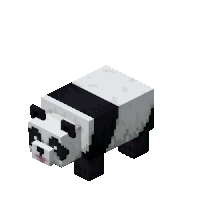
Fun Fact: They can eat cake, except the worried variant.
Wolf (added in Beta v.1.4, Mar 2011)
These spawn in most biomes. They can be tamed (AKA dogs) with bones, and after being tamed, they'll help the player fight enemies, and if too far away from the player, they'll teleport back to their side (unless sitting). If a tamed wolf gets punched, it'll just make a sad noise. And it's collar can be recolored with dye. Its tail shows its health; the lower it's tail, the lower it's health. But if an untamed one is hit, it'll attack the attacker, and its eyes will turn red.
spider (added in the survival test v.0.26, Oct 26)
Acts like real spiders and spawns in nearly any biome, as long as it is dark (light level 0). It will attack the players only in dark areas (light level 11 and below). When killed, it can drop a spider eye and some string. Unlike all other mobs, they can climb walls up and over walls to get to their target. But if it tries to go through the world border, it'll just climb it instead.
Cave spiders (added in the Adventure Update Beta v.1.8, Sep 2011)
A variation of regular spiders that only attack in light level 7 and spawn in Mineshafts via spawners. When attacking, it'll poison its target.
Passive
Passive Mobs will never hit or hurt the player, even if they hit them. And most of these can be tamed, so many player have them as pets in their home.
Axolotl (added in Caves & Cliffs: Part I v.1.17, June 2021)
Found only in lush caves and added to MC to shed light on their endangerment in Mexico. They naturally spawn in four colors: pink, brown, gold, cyan, and blue (the rarest color). They can be picked up with a bucket and help them fight water-based enemies.
Fun Fact: Real axolotls don't make the noises they do in MC besides the "hiccups" and "burps" when surfacing; most of the in-game sounds are heavily edited dog sounds.
Cat (added in v.1.2.1, Mar 2012)
These act and look like real cats. They can be most commonly found in villages and can be tamed with fish to repel creepers and phantoms. When tamed, its collar can be recolored with dye, like dogs. But unlike dogs, if a mob harms a player, it'll move a few blocks from where it was previously sitting and sit back down. They have 11 diffrent textures, and one of them is based on GoodTimesWithScar's cat named Jellie; the addition was chosen by the community on Twitter (AKA X) through a poll.
Fun Fact: C418 planned for his cat to voice them, too, but his cat doesn’t meow. So, he used cat sounds from Freesound instead. And the black and white texture is based on Jeb's cat in real life (IRL).
Chicken (added in Seecret Friday 7 Alpha v1.0.14, July 2010)
These can be found in any grassy biome. Like real chickens, they are the main source of raw chicken, feathers, and eggs and can be bred with any seeds. They don't die from fall damage because they float to the ground. Foxes and cats will chase after them to attack them.
Fox (added in the Village & Pillage Update v.1.14, Apr 2019)
Spawns in various biomes, depending on which biome it'll either spawn as a red or snow fox. They can carry one item at a time in their mouth, and if holding a totem of undying, it'll pop the totem. To attack chickens, it'll sometimes pounce; it also sometimes does this to avoid danger or go over fences. These are one of the few mobs that sleep; they can also pick up items while sleeping.
Squid (added in Beta 1.2, Jan 2011)
Strangely, these were the first water-based mob to be added to the game and act much like the real creature. They'll spawn in any body of water but die out of it. When killed, they drop an incsack, and after being attacked, they'll leave a cloud of ink behind them.
Glow squid (added in the Caves & Cliffs: Part I v.1.17, June 2021)
Like a regular squid, it can only be found in dark underwater areas. They have a bright texture but don't give off light like a torch. When killed, it drops glow squid ink.
Sheep (added in v.028, Oct 2009)
These are the most common way to get wool (with shears) and are found in most grassy biomes. Their wool will naturally spawn in many colors, pink being the rarest. The player can redye its wool to any of the dye colors. And it'll regrow after it eats grass
Fun Fact: Before shears were added, players could get wool by punching one. Naming one jeb_ will fade its wool between the dye colors.
Strider (added in the Nether Update v.1.16, June 2020)
Exclusive to the nether. Because they don't get hurt by lava, they are a great way for players to easily get across lava oceans with a saddle and warped fungus in a stick. But, take damage from water. When out of lava, it'll turn a pinkish color and shiver.
Villager (added in the Adventure Update v.1.0.0, Nov 2011)
They mostly spawn all types of villages and have all kinds of jobs, kids, and sleep, among other things. They wander but don't go too far from their village. The village is automatic, and the player doesn't need to help the town to keep it running. They also gossip with each other about the player, but this only affects trading prices and the hostility of Iron Golem. They have eight hidden inventory slots that they can only use for various seeds and bone meal. Unless they are a Nitwit, they can get a job, trade, and gather around bells.